We are happy to announce that POC have teamed up with us to provide our team with Helmets and Eyewear. We love to spread the word about safety in the backcountry and excited to team up with a company that focus heavily on safety. Look out for us in the BC this winter in our new POC gear
0 Comments
I write this article looking back at one of the most humbling events I have had as an avalanche safety educator. In 2020 we had a few ex-students join us on one of our trips to the Indian Himalaya in Gulmarg, Kashmir. These ex-students are actual really good friends of mine and have made the trip to Gulmarg with us on a few occasions over the past years. These trips to Gulmarg are not like a normal ski holiday, the mountains in Northwest India are some of the highest skiable areas on the planet. With this comes the reality that the terrain in this area has its pros and cons. The pros are that there is an insane amount of vertical to be skied and due to the altitude, the snow stays in pristine condition and allows fresh tracks for many days after the snowstorms roll through. The cons are that a very large percentage of the terrain is prone to avalanching and only one small section of terrain is avalanche controlled. With this risk and reward struggle, the people that venture to Gulmarg with us to ski each year are people that you have to rely on to make sound decisions in the backcountry. As an avalanche safety educator, it is often expected that you take on all the risk management for the crew you are riding with, and this sometime becomes a burden. I often say that riding with me is not fun as I’m a bit of a grandma sometimes being too risk adverse. This trip to Gulmarg in Feb 2020 was just like most of the trips we run, a crew of backcountry riders that have been starved of powder for 4 months and are wanting to rip in and get as much skiing and riding done as possible during the 3–4-week trip. We often get members of the trip wanting to ski the day they arrive in Gulmarg. It’s hard sometimes trying to reign in people’s enthusiasm as the mountain is staring you in face and all you want to do is strap on your gear and ride some fresh powder. This trip saw a dry spell, no new snow for 10 days. This meant we were able to get out and ski some terrain that we normally don’t get a chance to hit as the weather normally limits these trips to areas further away from the gondola. So, by day 10 of no new snow there were some very happy crew on the trip. The next day saw heavy snow and many of the crew were happy to have a break, this snow continued for a few days and with strong winds there was a lot of loading on the mountain. The Avalanche danger went from Low to Considerable overnight and by day 3 the mountain was closed by Ski Patrol. The crew were now getting powder fever and wanted to get up to Phase 2 and ride. I had the devil on my shoulder whispering in my ear to keep the crew informed of the mountain conditions and to limit their need to fulfil their powder desires. On day 4 there was a growing urgency to get some riding done so with caution we gathered the crew and headed up the Gondola to mid station to see what the mountain was doing. In my mind I had no expectations to ski that day, but to keep the crew from crawling up the walls of the hotel we went to mid station. The crew got in the que to get the gondola up Phase 2, by this stage there were probably 25 people in the que already waiting for the gondola to start up. I went straight to the Ski Patrol office to chat with Brian, the head of Ski Patrol. On my way into the Ski patrol office, I passed Bill and Luke and had a chat with them about the conditions. They were in a similar mind set as me that we should let the top half of the mountain chill for another day and see what eventuates tomorrow. I went in and chatted with Brian, and he relayed to me that Ski patrol were doing avalanche control and that the top section of the resort will probably be closed for the rest of the day. While walking back to the Gondola I meet Alison from our crew, she had stopped queuing and was coming to look for me. We had a chat about the day’s activities, she was adamant that she had no interest in riding that day. I asked her why and she said “something doesn’t feel right, ‘I’m not comfortable going out after all this new snow” We both headed back to the rest of crew and gestured to them to jump down from the balcony and let’s ride the trees on Phase 1. WOW…. I was really glad that this happened, I had taught Alison on an AST1 course a few years back and this just made me realise that all the effort we put in as avalanche educators really does make a difference. We rode that day in the trees and had a great time. Later that day we heard that a group had skinned up to the top of Phase 2 and triggered an avalanche on the way down. We waited and the avalanche danger went to Moderate for 5 days so we kept our terrain choices realistic and then when Low danger was published, we then were able to venture out deeper again and ride some of the best snow in the world. I often chat with Alison about this day and realise that with all the human factor going on, there is still time to step back and really understand and learn from this experience.
There are only a few people I trust to have my back in the backcountry, and I hope you too know who these people are and aren’t afraid to pull on the hand brake and say, “There’s always tomorrow….” Adam West Avalanche Canada Educator Please join me and recycle, re-use and re-home your old or unused jackets to those that need it most. With an estimated 116,000 people across Australia classified as homeless, @xtm_performance and their Heat the Homeless appeal aims to give people an opportunity to donate quality, pre-loved winter jackets to warm those in need and keep the jackets out of landfill. All you need to do is drop your jacket off at a participating Heat the Homeless retail store. Once received, XTM partner with over 2,000 charities to distribute the jackets to those that need it most.
https://xtm.com.au/…/takingres…/heatthehomelesscampaign.html
She got slammed by an avalanche set off above her by an anonymous skier (who skied away...) It was two weeks ago on the first powder day (80cm & high winds) after a month and a half of sunshine - so everyone was pretty excited, to put it mildly.
Thankfully She is safe (as is her friend), thanks to the rescuers (gopro footage) who were able to get to her so quickly and knew exactly what to do. A good lesson to all of us, me included, to take it easy out there, have the right gear, know how to use it and always continue to learn so that we can stay safe and come home with big powder grins after another great day in the mountains. Avalanche from Snow Safety Australia on Vimeo. IT’S BEEN EPIC........(and still not finished!). Avalanche Risk Management Level 5, Otago Polytechnic, Wanaka, NZ.
Almost there, not by brains, beauty or enthusiasm....but digging fxxx’n deep (literally and metaphorically) to persist in the face of LOTS of challenges. Some cautionary optimism on the journey as I pass a transceiver test on the weekend. (Previously failed). Can’t thank Adam West enough for sharing his knowledge and a generosity of spirit that has helped restore my confidence to press on, not only to find transceiver burials (aka victims) but to FINISH this course.....watch this space! Truly, if you wanna get a bit more snow savvy for Oz and OS then his weekend courses are invaluable part of your snow journey. www.snowsafety.com.au Moral to this story; PERSIST....even when you wanna quit and find good people to help you. (note to self). PS...If you’re in an avalanche, slough, terrain trap then you would want me with you. Just saying. But I would not be taking you there in the first place.... Have a listen to a podcast we did earlier this year.
Search for Loving the snow life and look for the snow safety podcast. Freeride World Tour snowboarder Michaela Davis-Meehan will be hosting the NSW Women in the Backcountry AST1 course in Sept 2019. What a great opportunity to spend the weekend learning Avalanche Safety with one of the top 6 freeride snowboard ladies in the world.
Come along and not only learn the Avalanche Skills but you get to hang out with a world freeride legend. Details below www.snowsafety.com.au/women-in-the-backcountry-ast1.html The first ever Avalanche Canada AST2 courses in Australia are up and ready to book now. Don't take too long as they will sellout quick
Only 4 courses this year with max of 6 persons on each course. You must have Avalanche Canada AST1 to be accepted to complete this training. Any question let me know www.snowsafety.com.au/avalanche-safety-training-level-2.html
We are finally back downunder after a long stretch in Gulmarg, Kashmir. What a season they have had!
While in Gulmarg we run heaps of Avalanche courses and this year we ended up training another 30 odd Kasmiri locals. We had meters of snow during our time there, the most snow we've seen since heading over there to run the Avalanche program. See below some images of the fun times had this season! Army ridge from Snow Safety Australia on Vimeo. |
Archives
March 2022
AuthorSnow Safety Australia is a NSW based information website. Categories |
Training Courses |
Company |
|


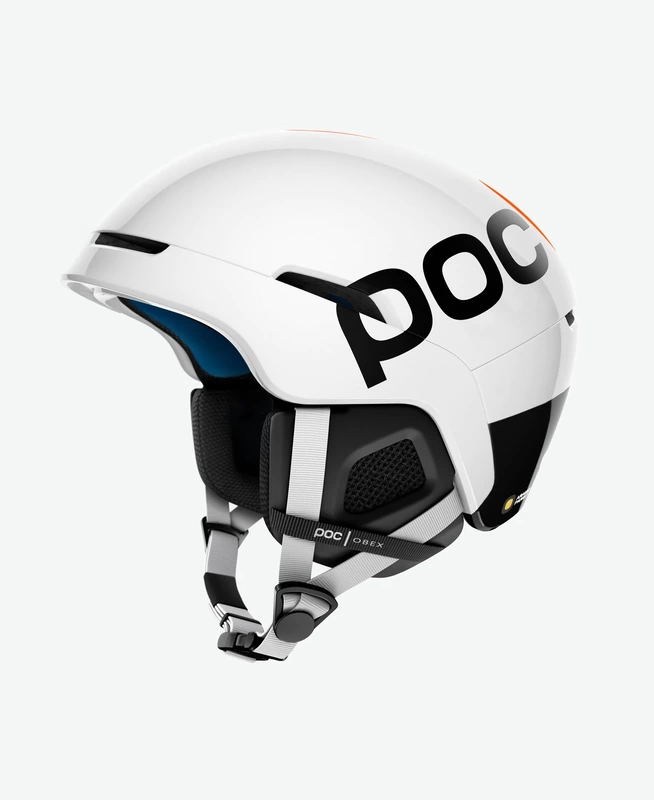
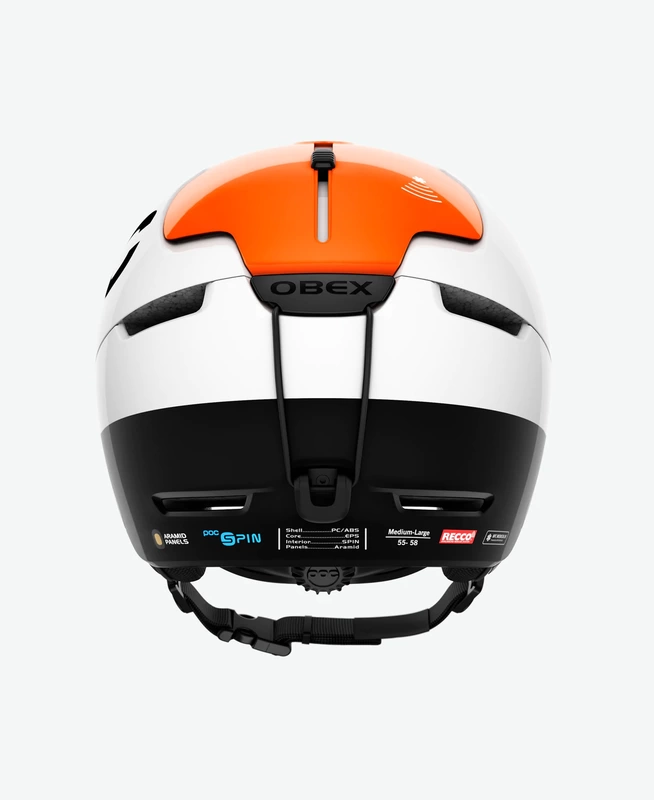
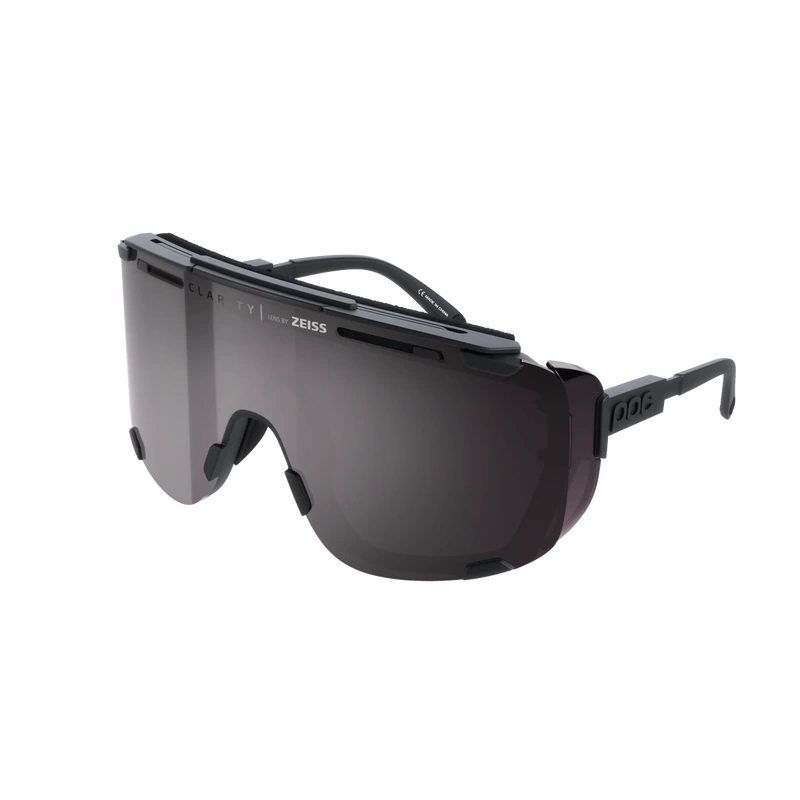
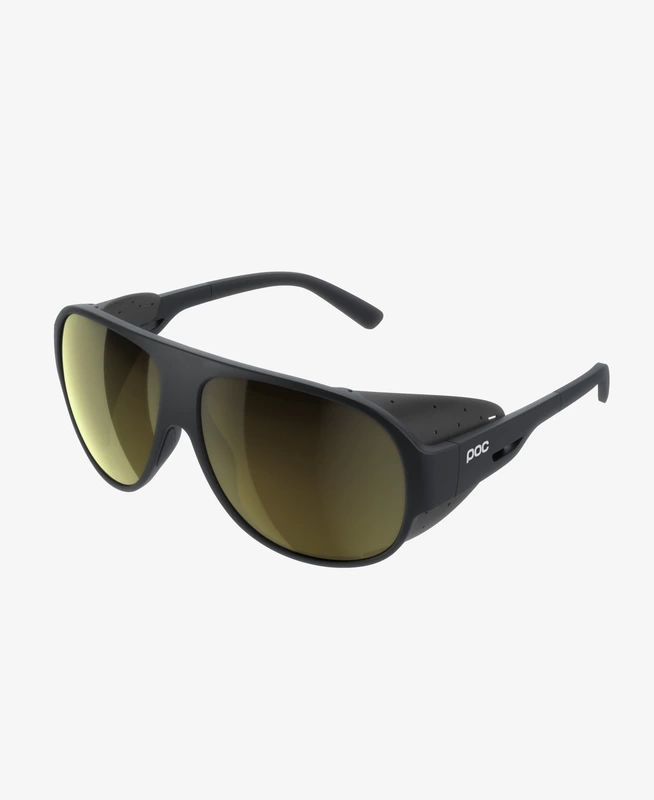
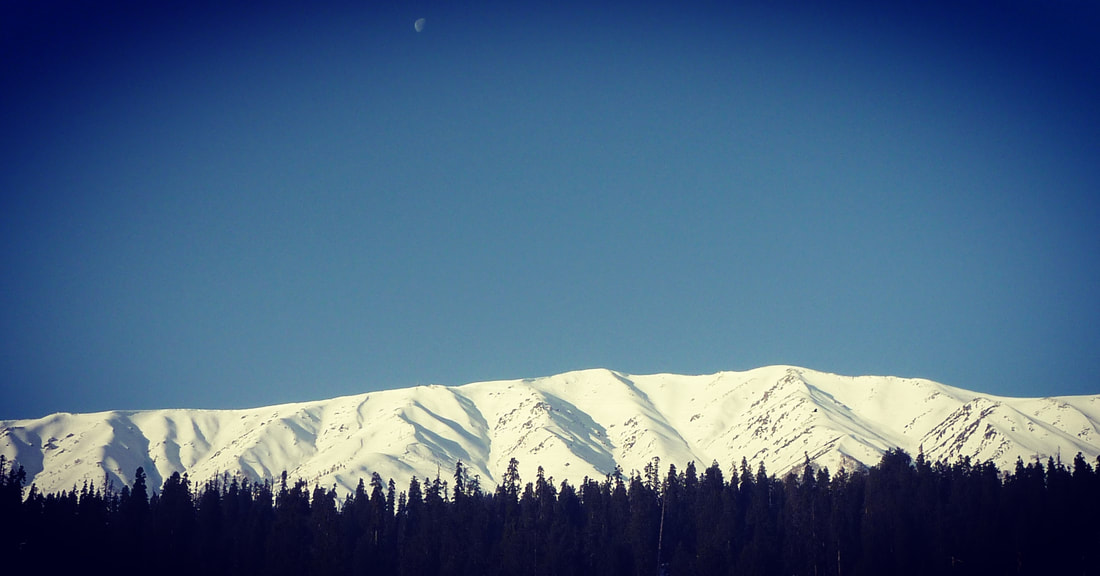
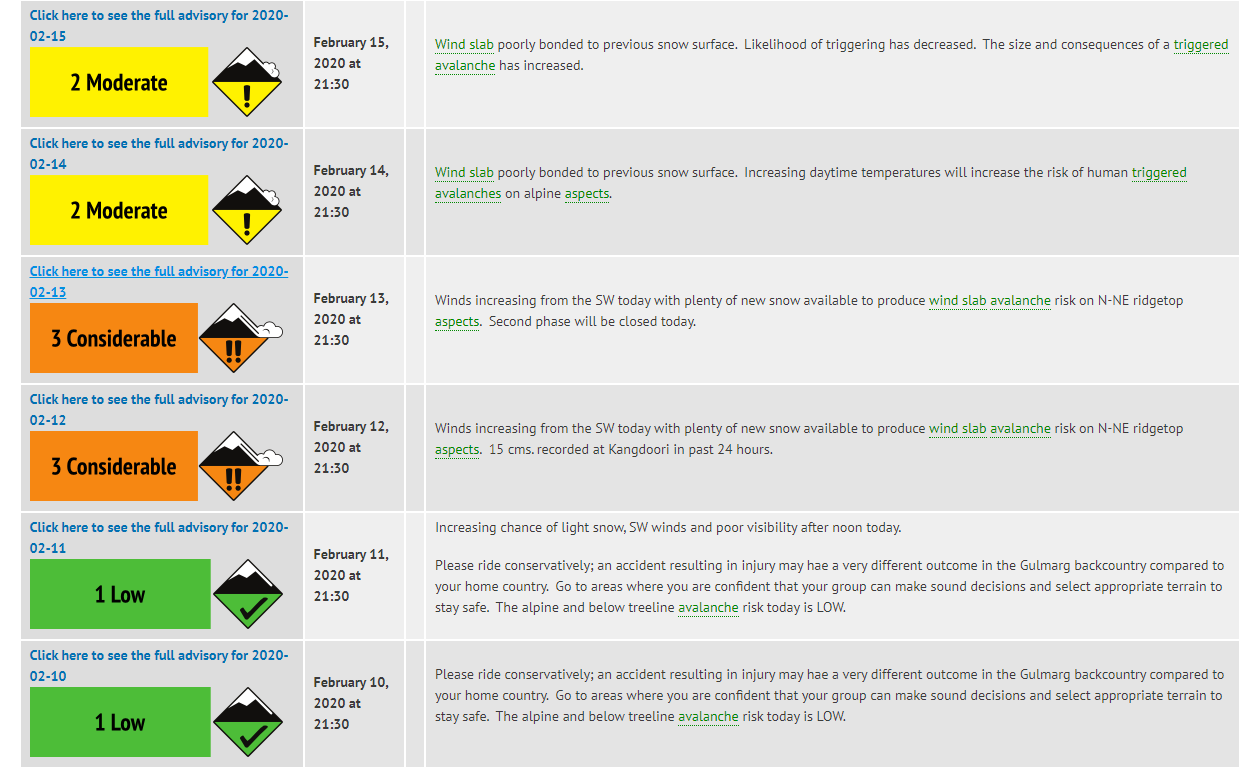

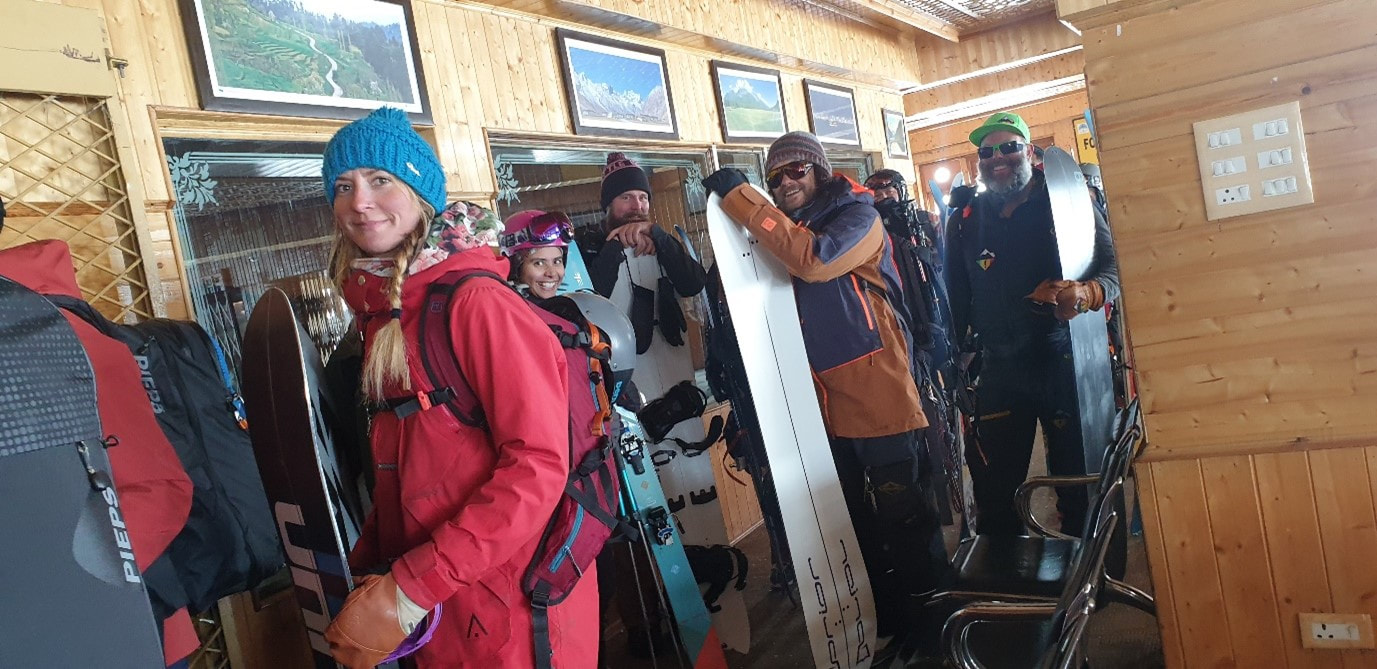
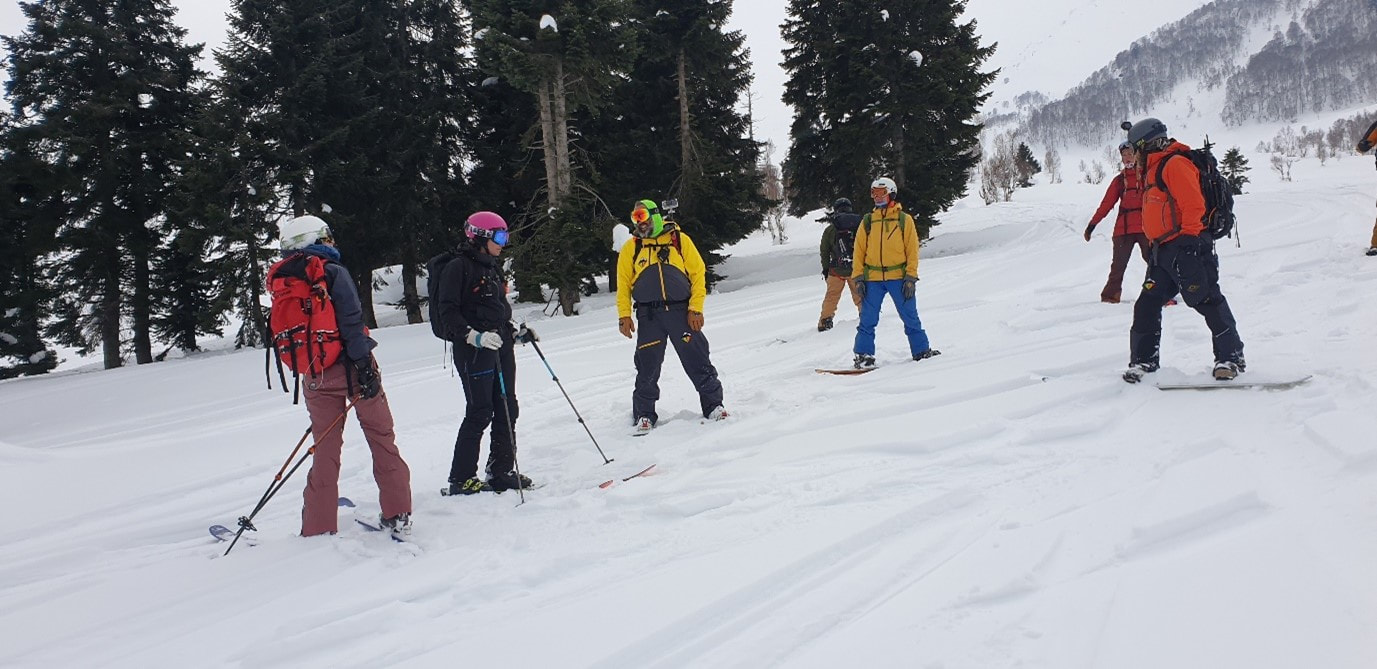
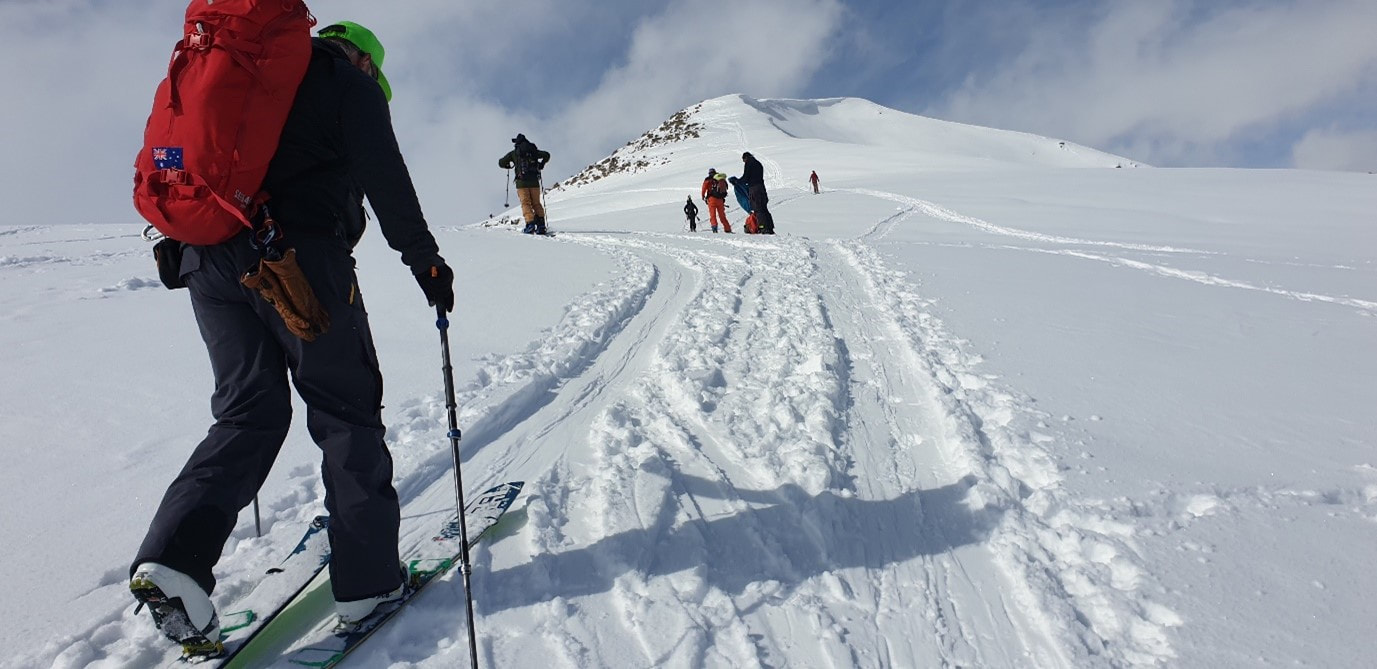
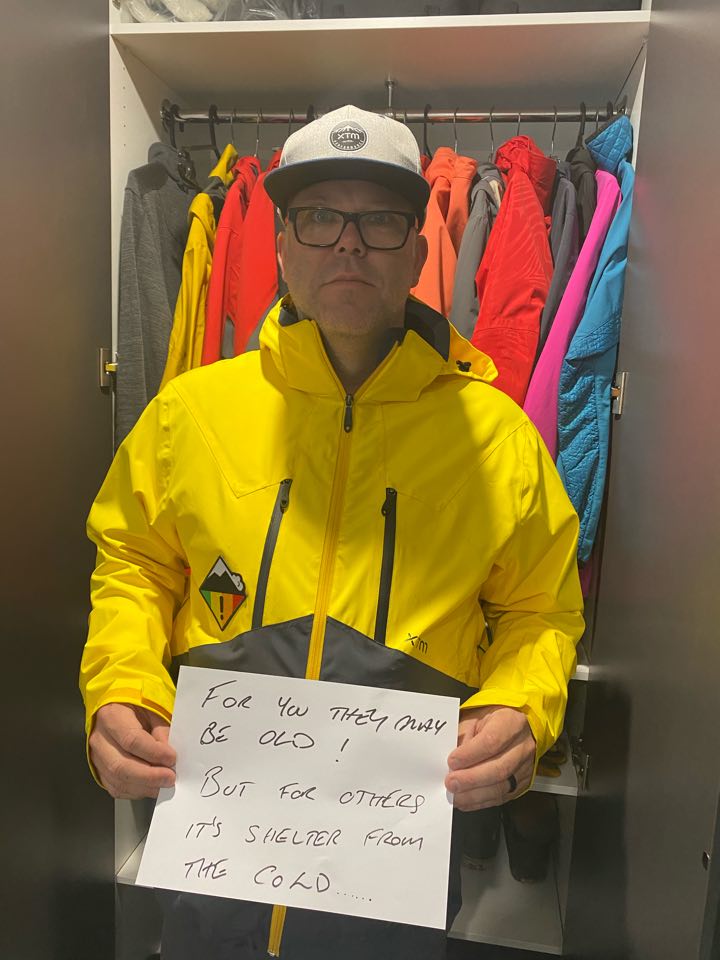
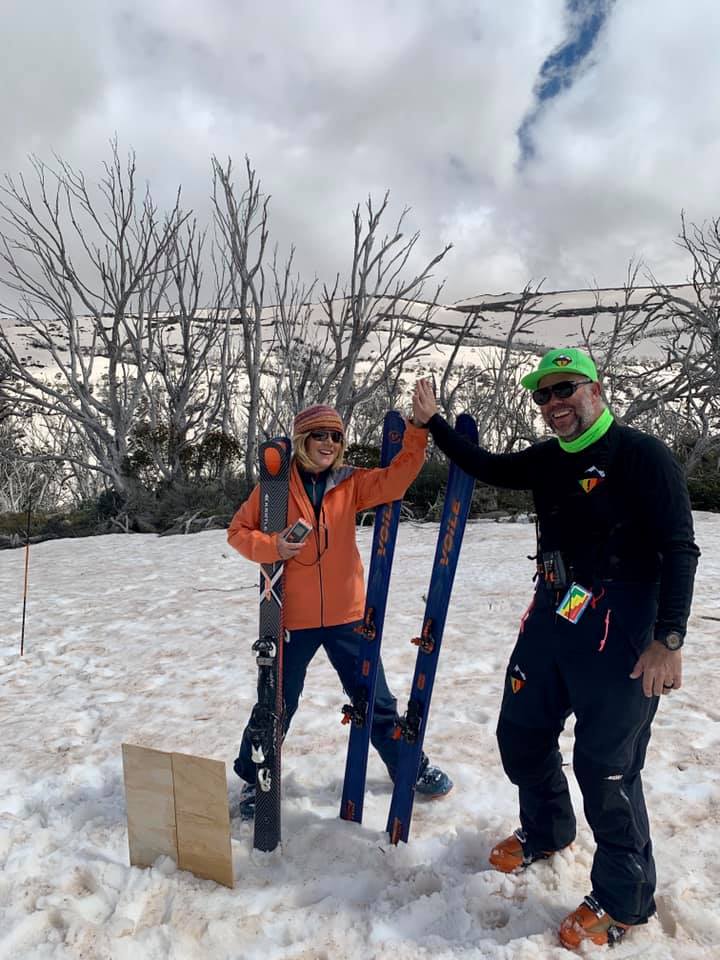
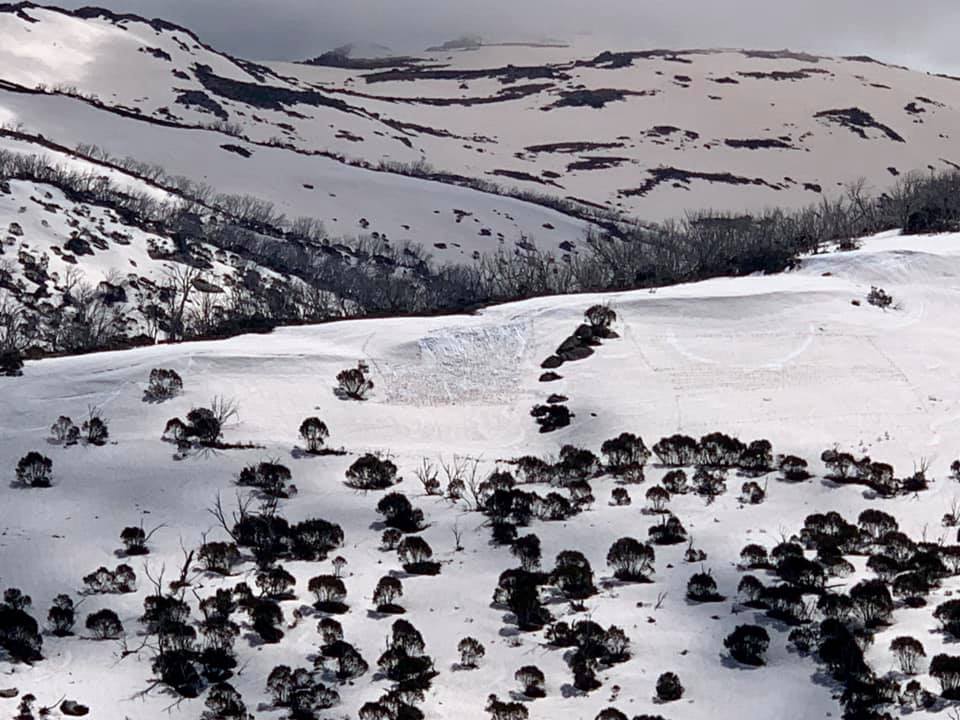

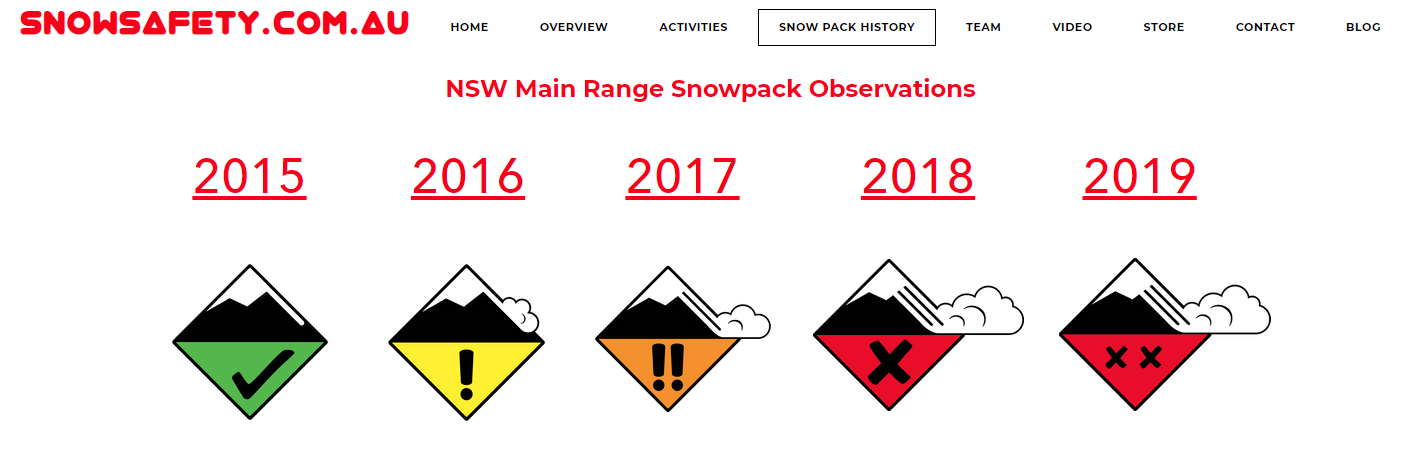

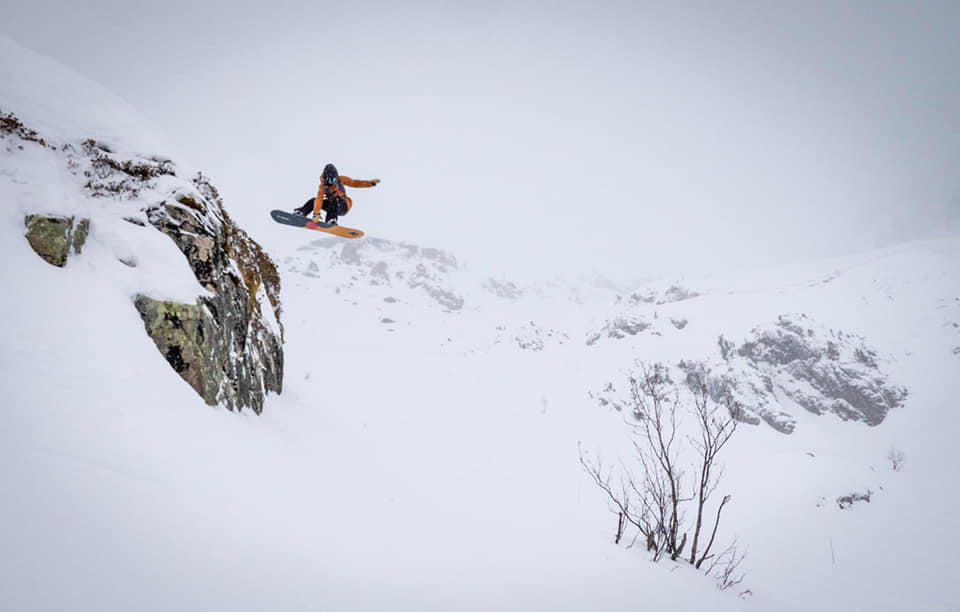
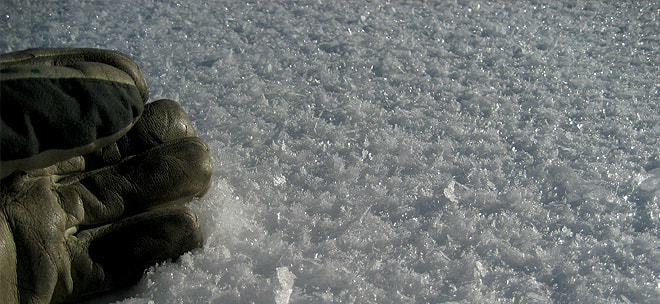
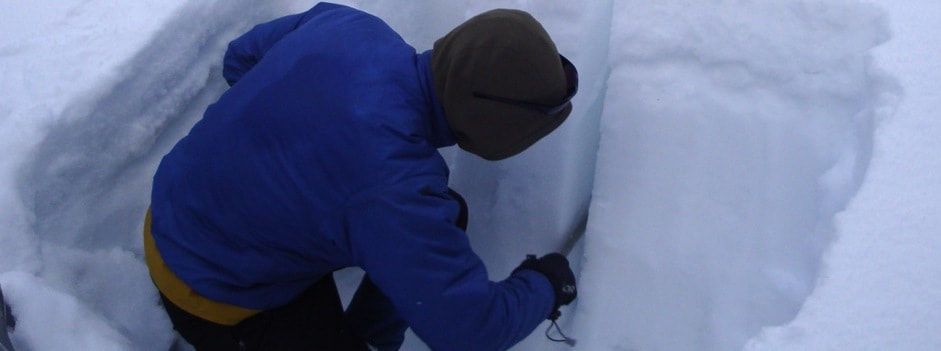
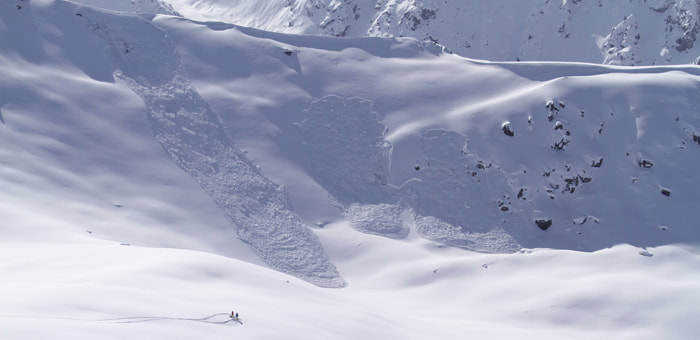
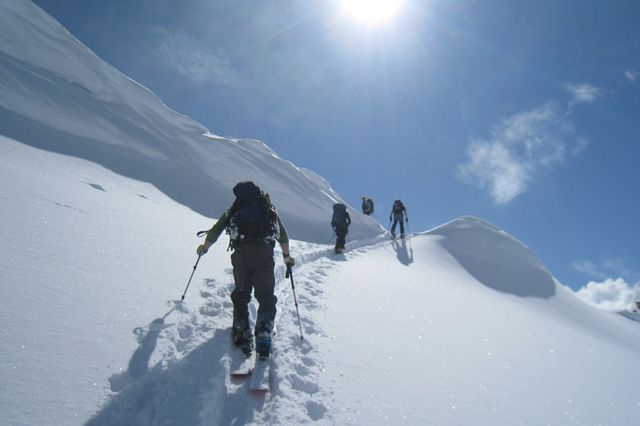
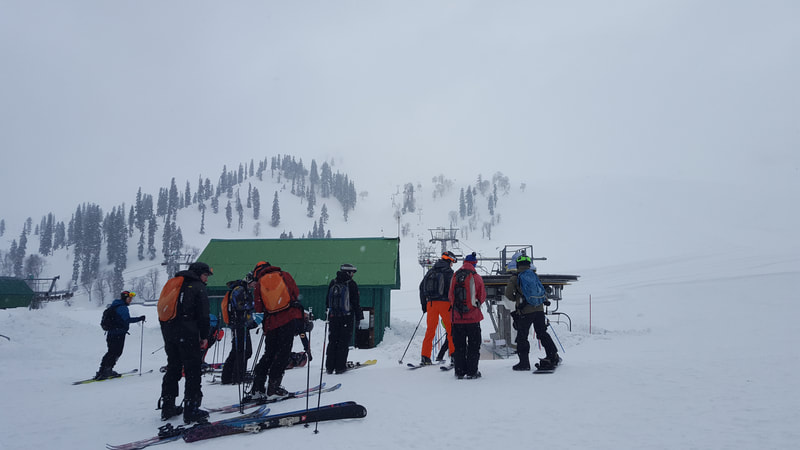
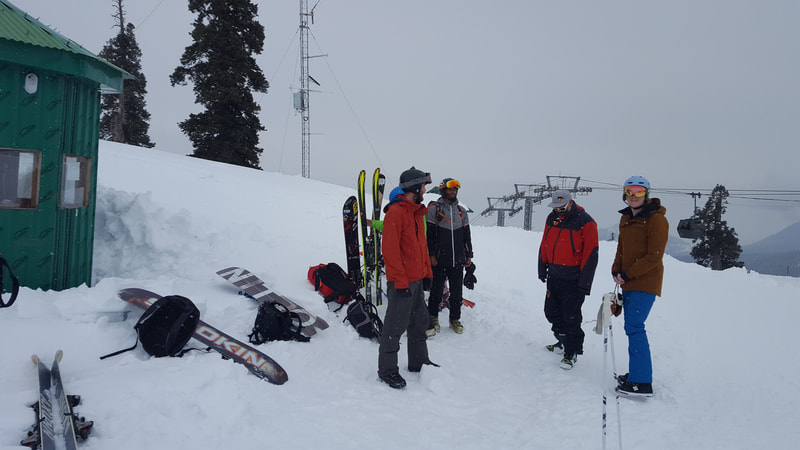
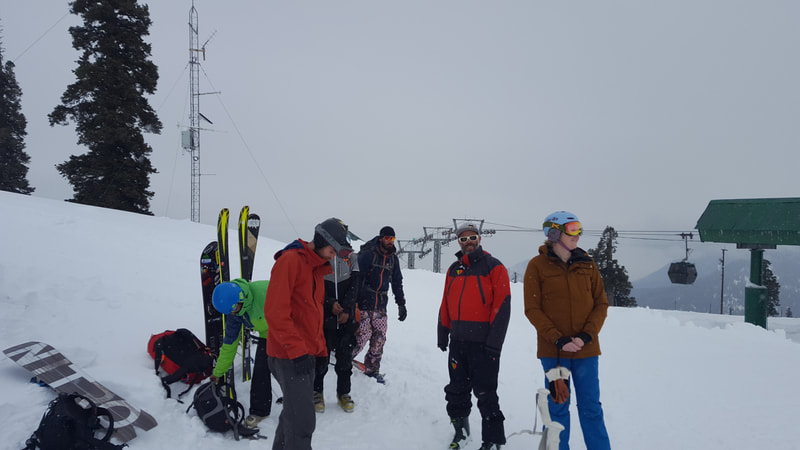
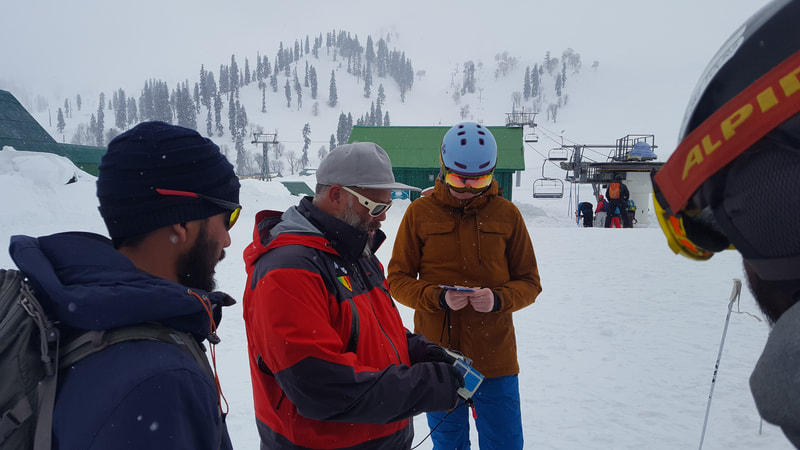
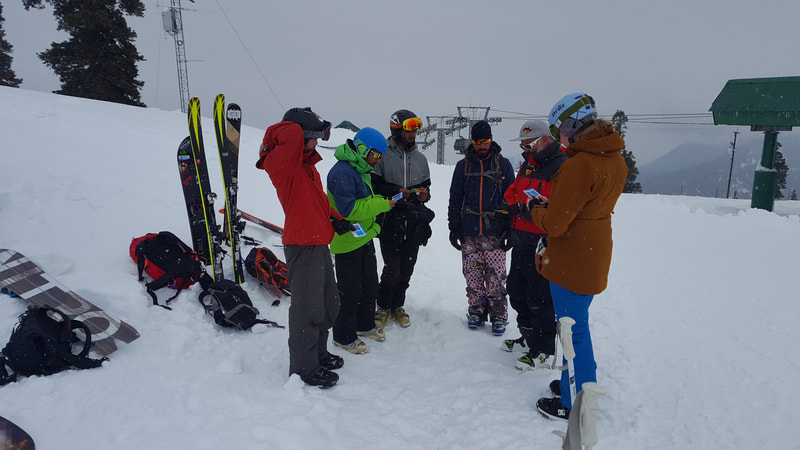
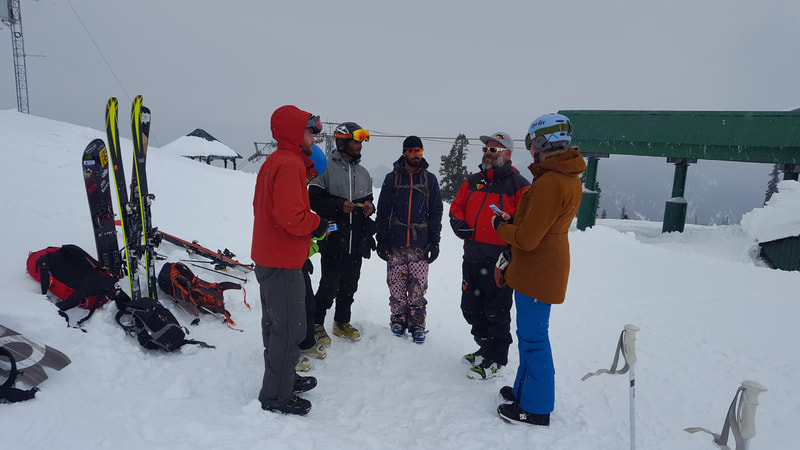
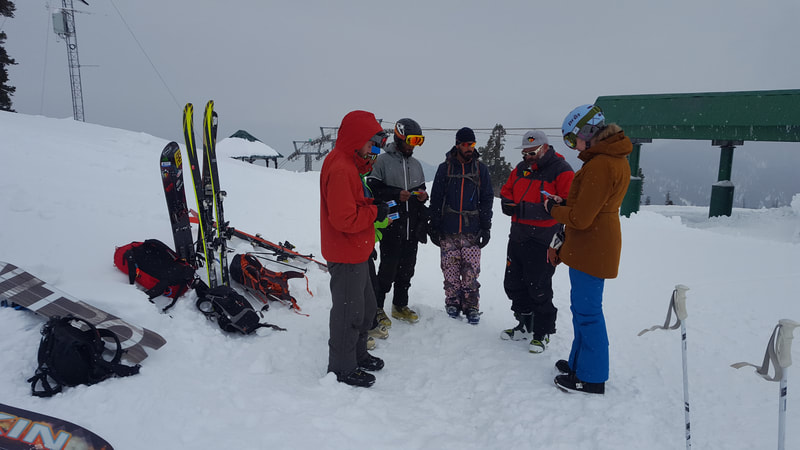
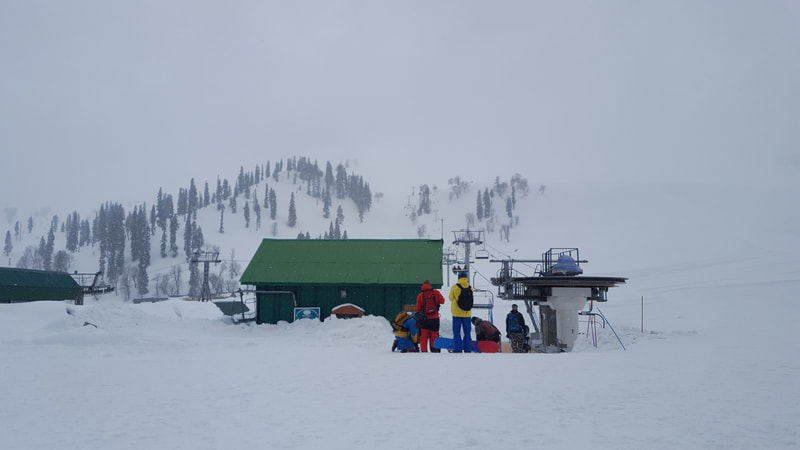

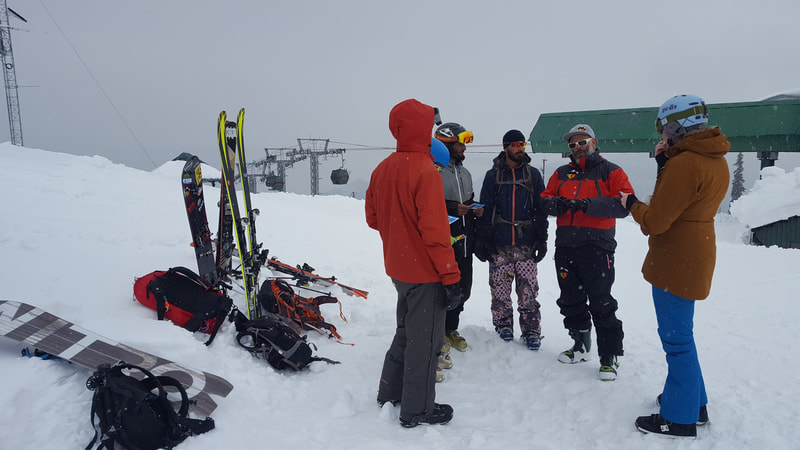
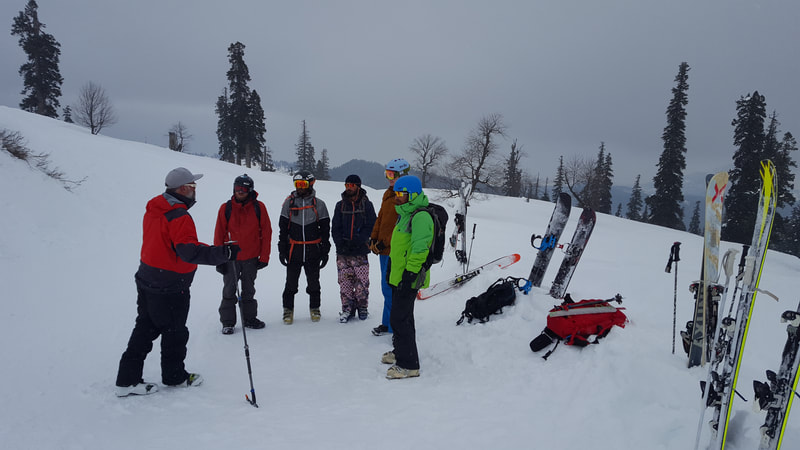
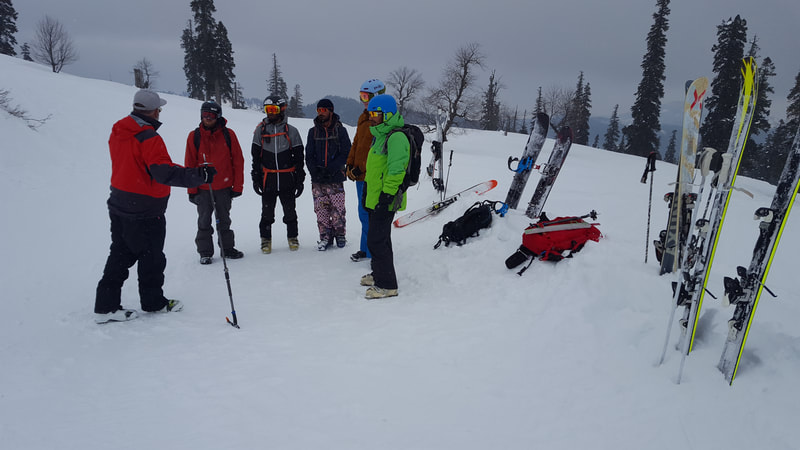
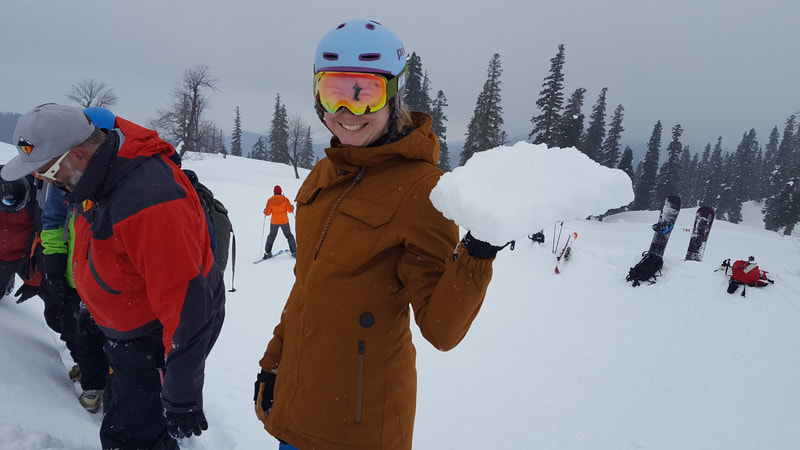
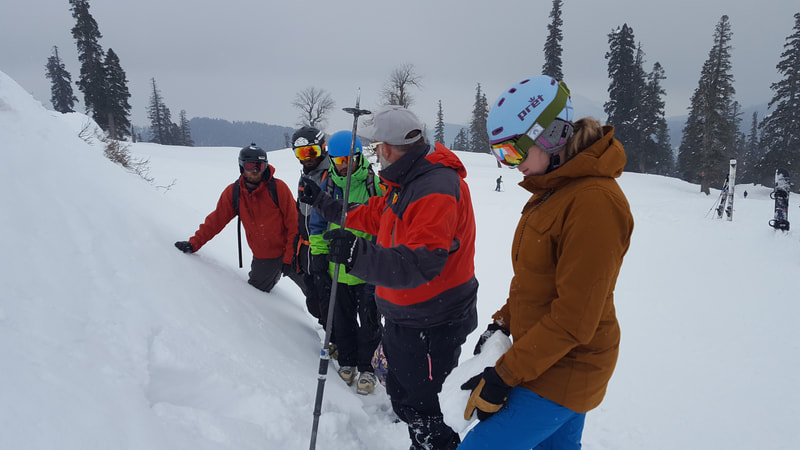
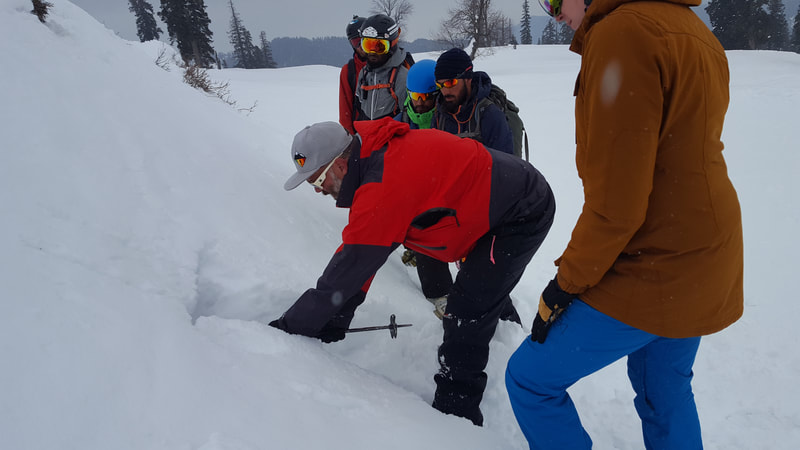
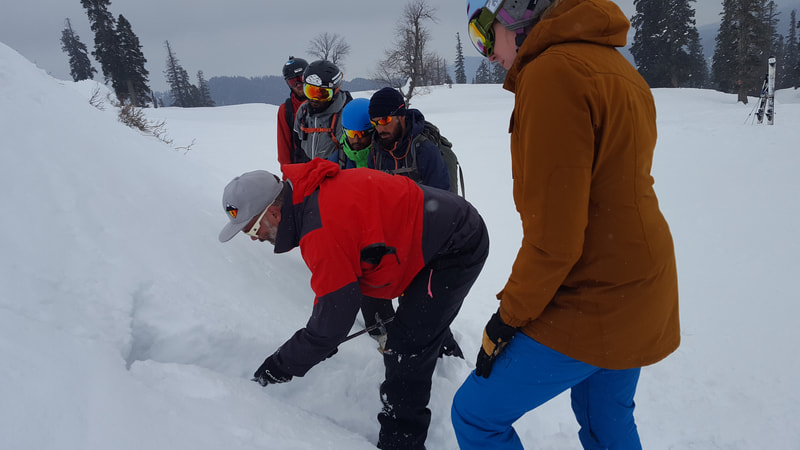
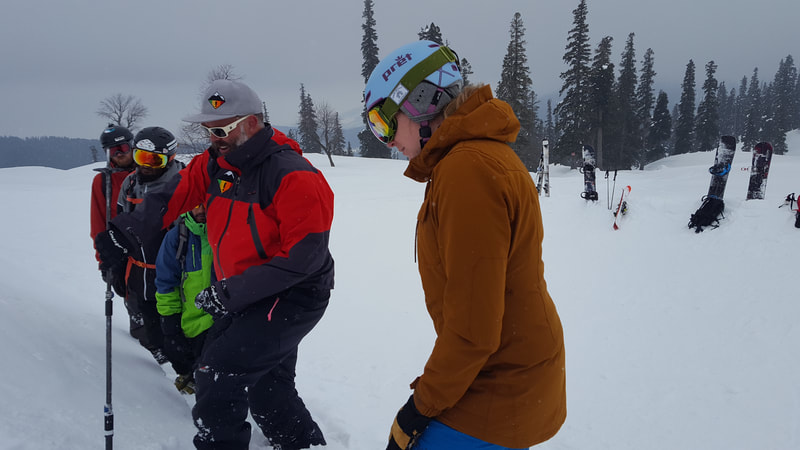
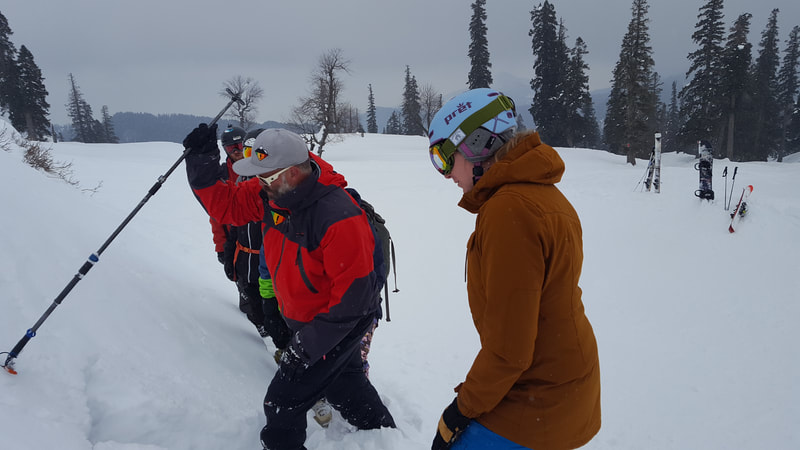
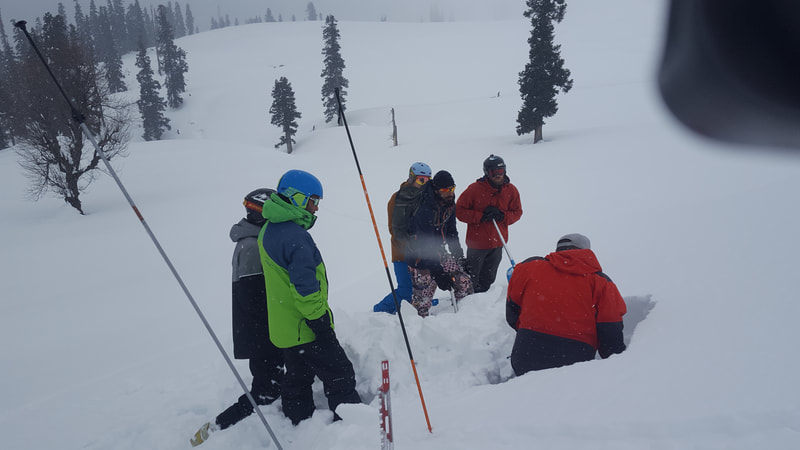
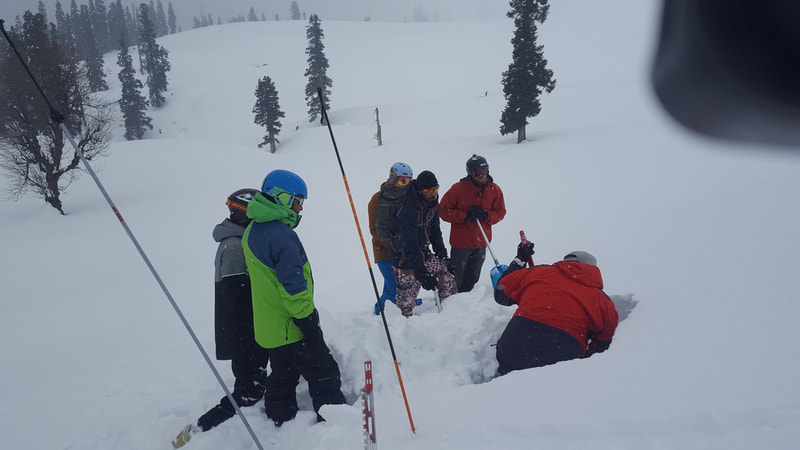


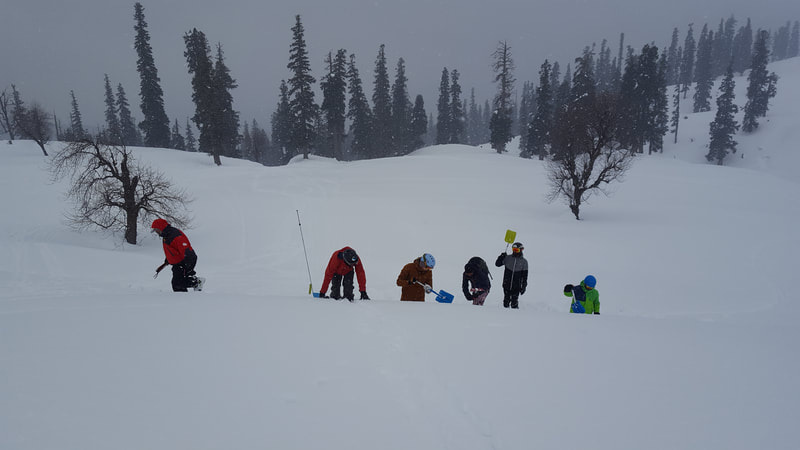
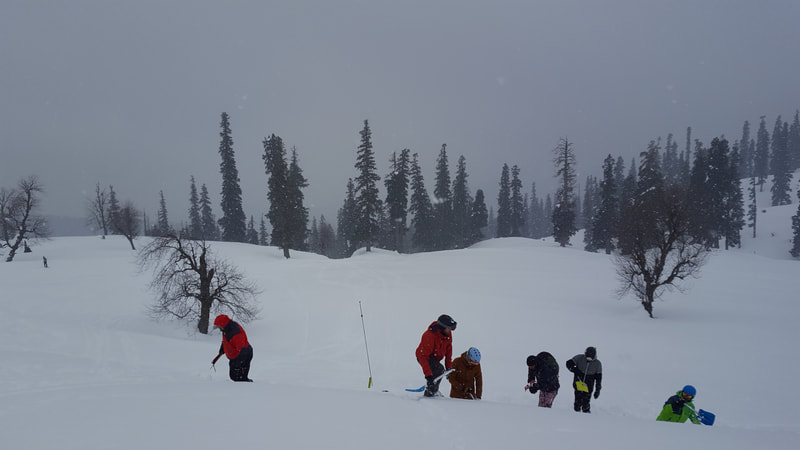
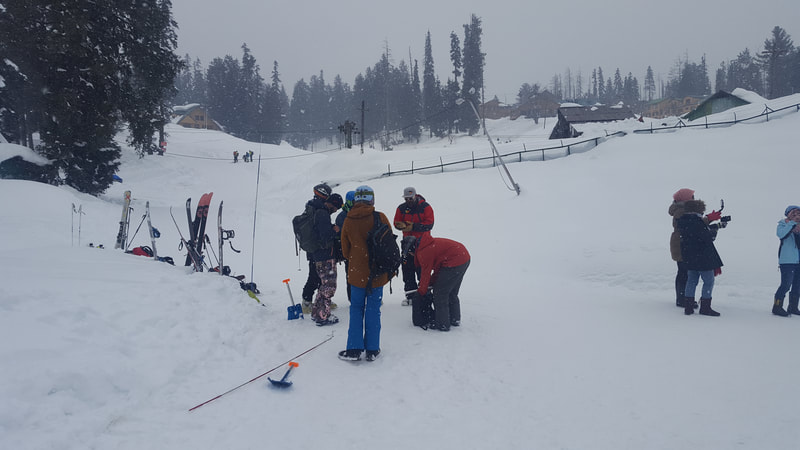
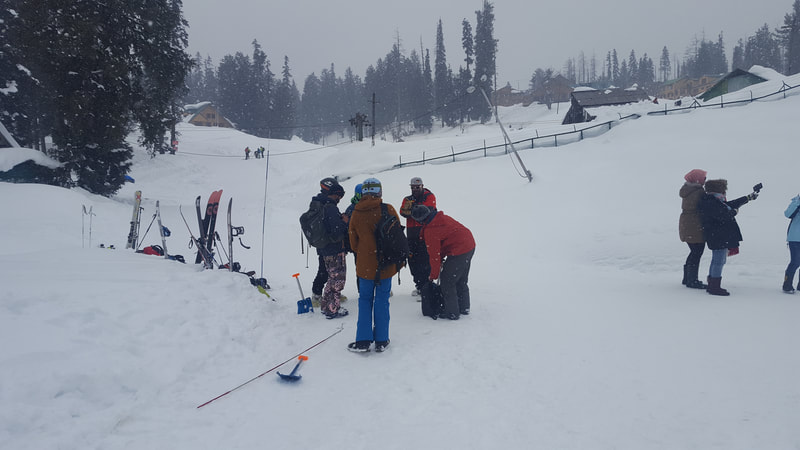
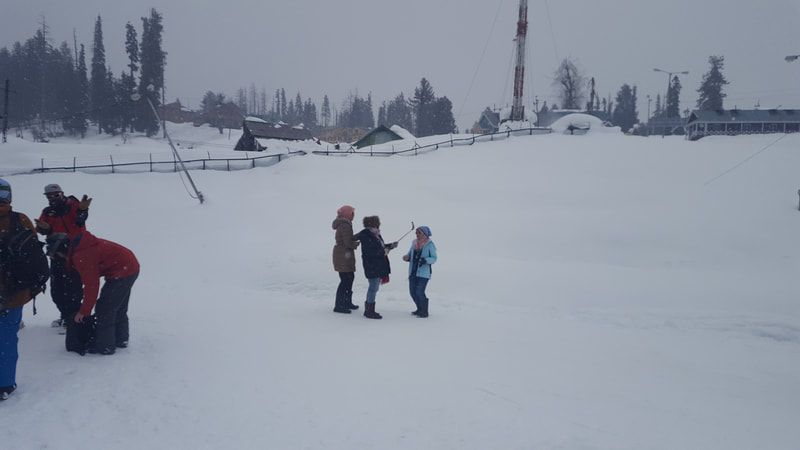
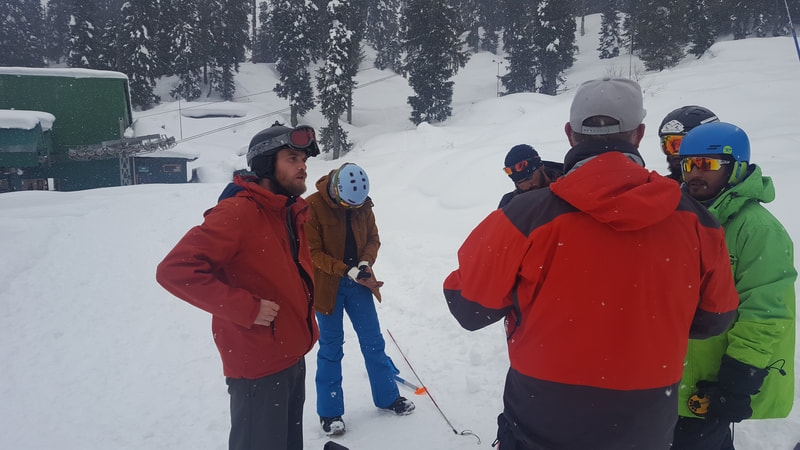

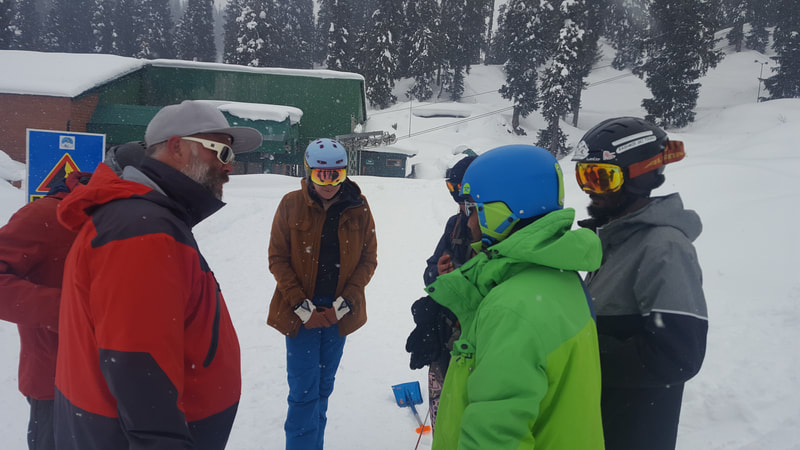
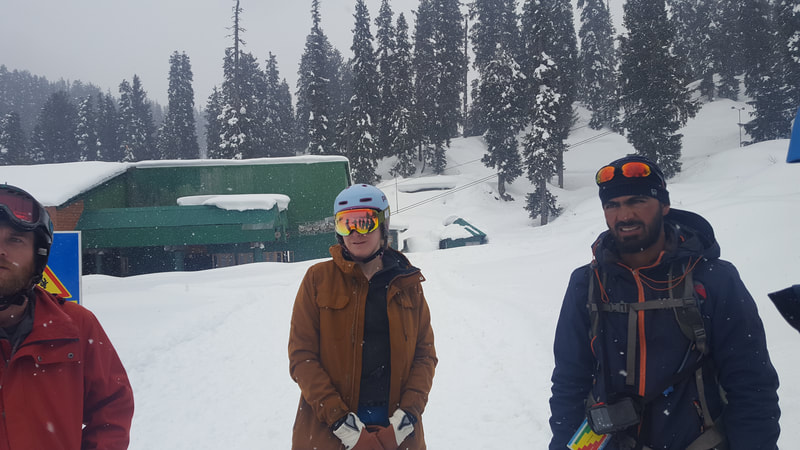
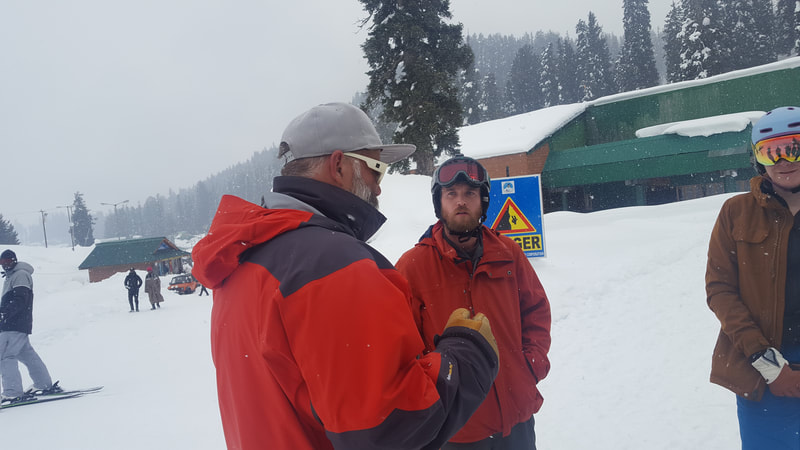
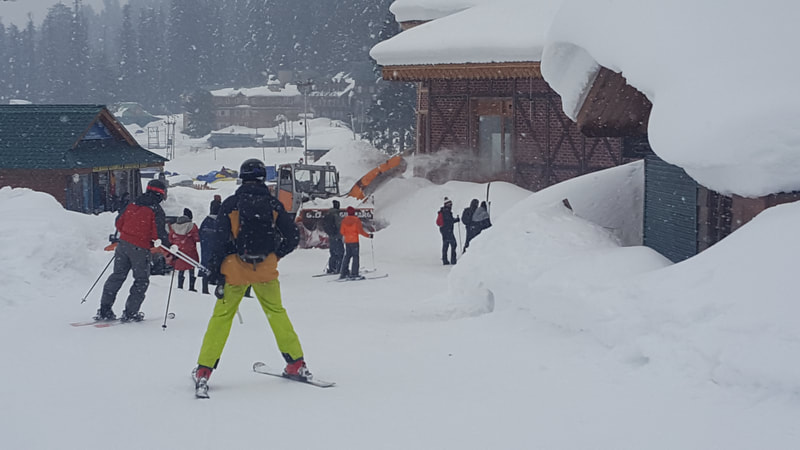
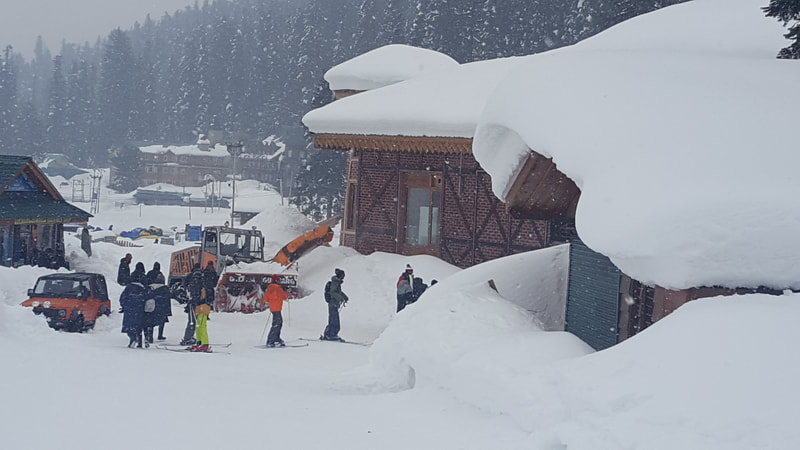

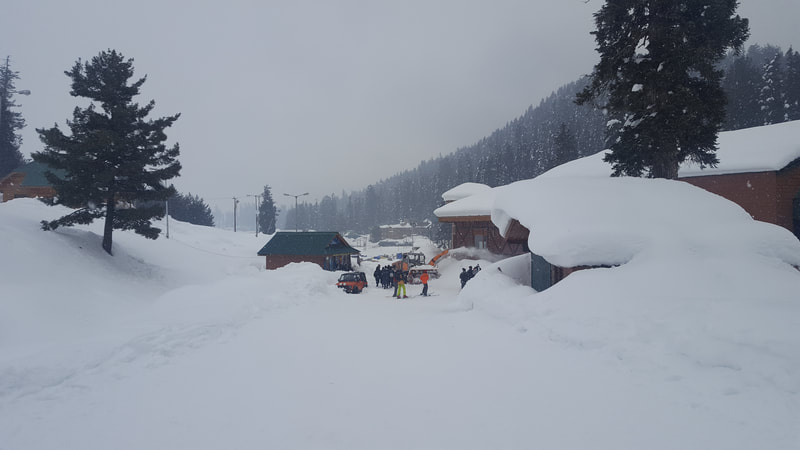
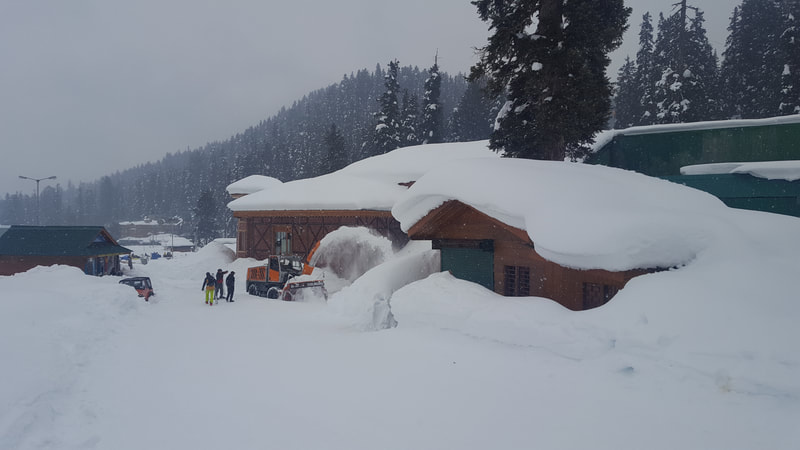
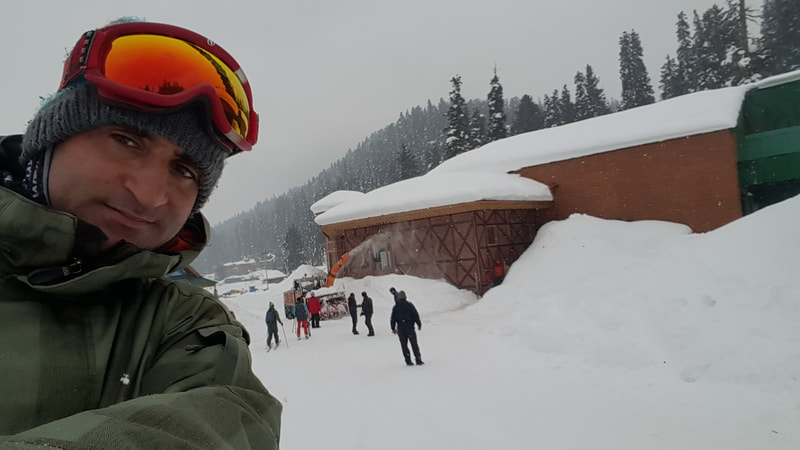
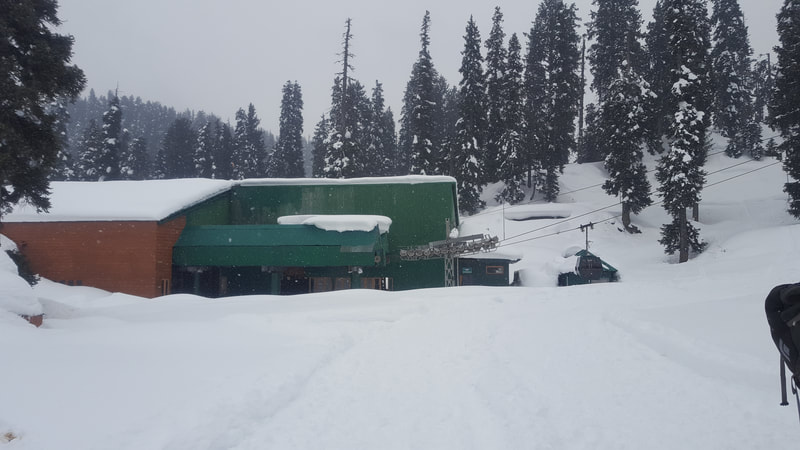
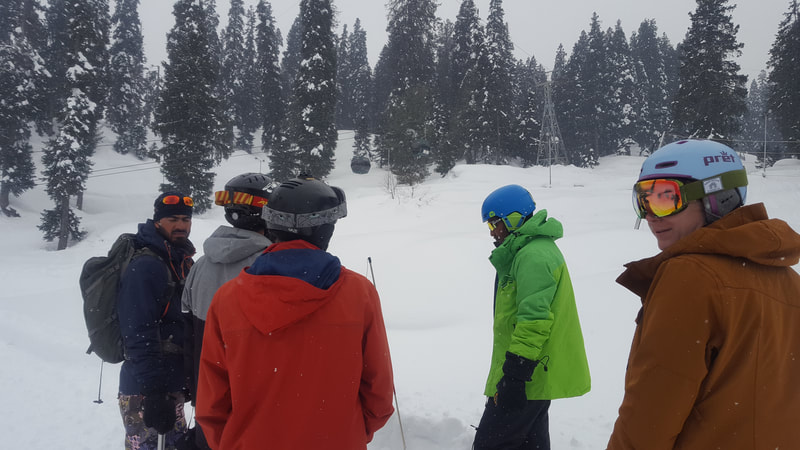
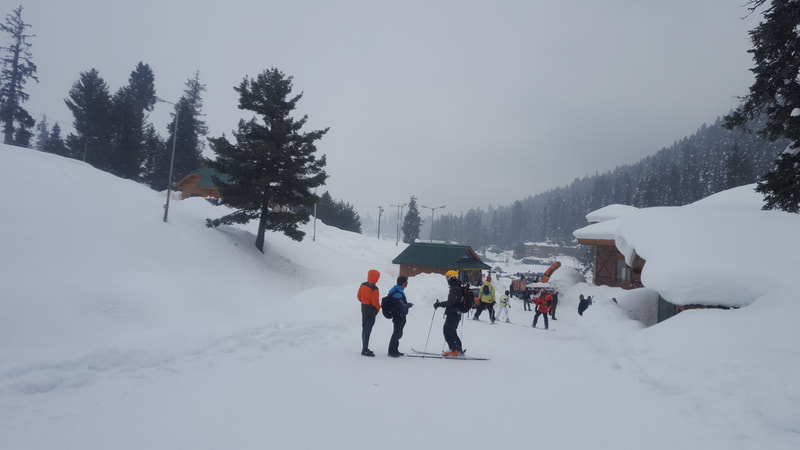
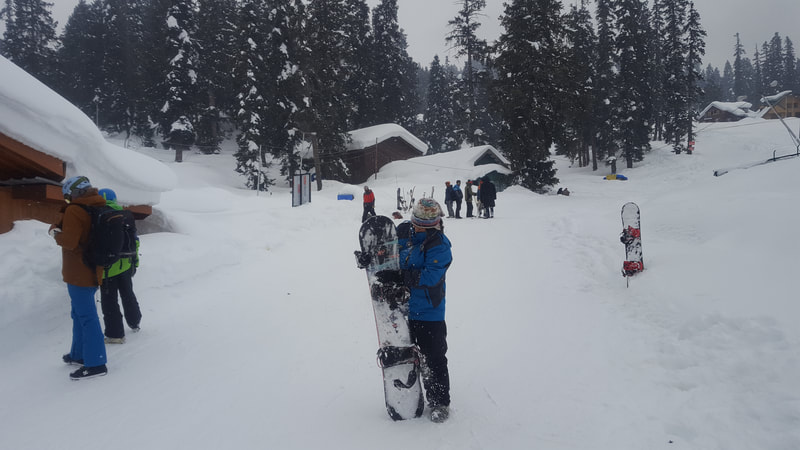
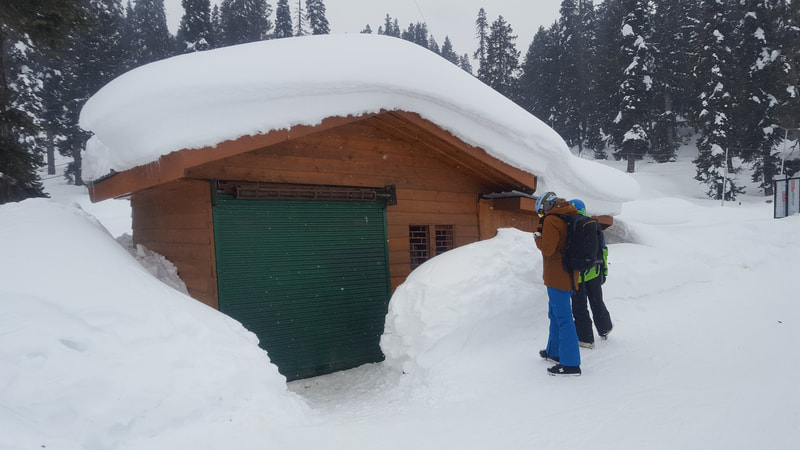
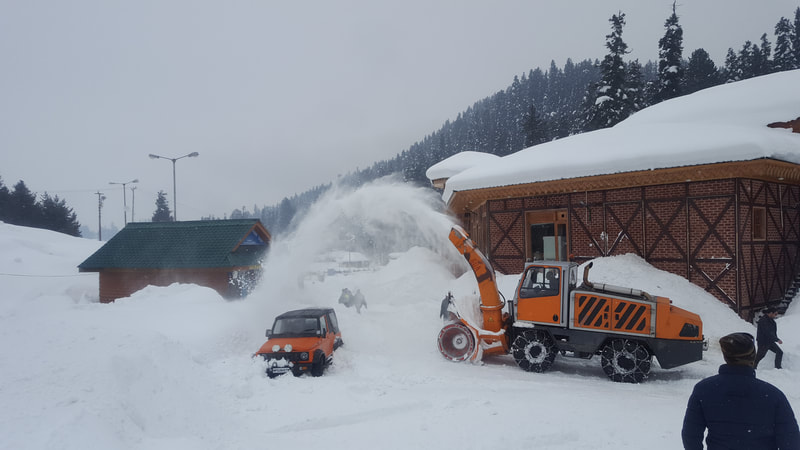
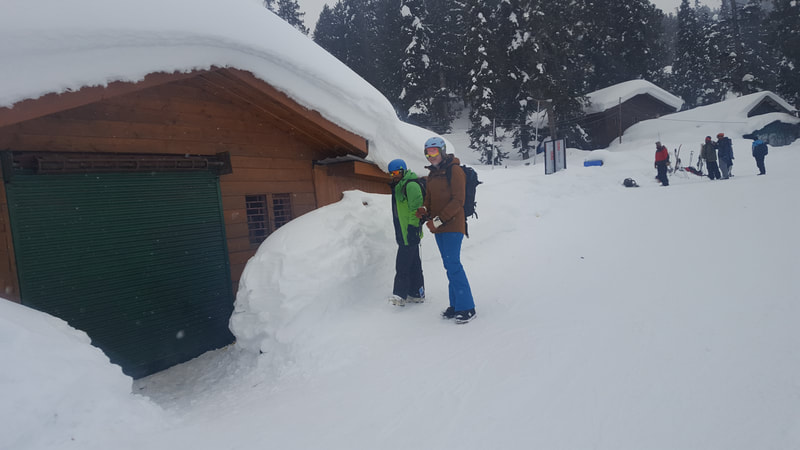

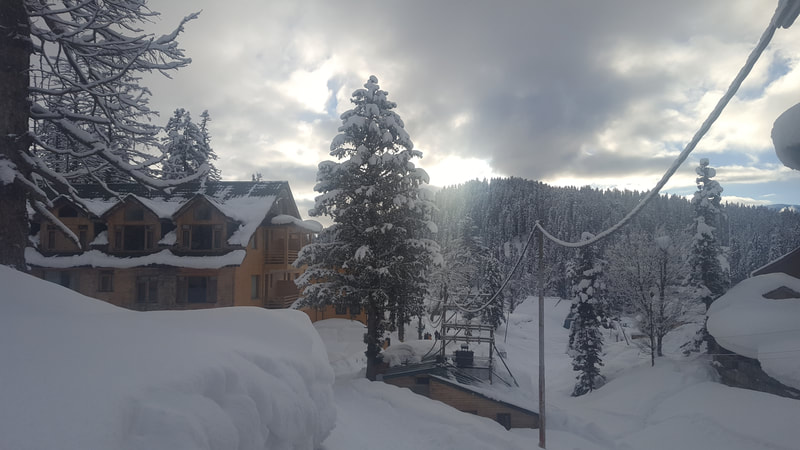
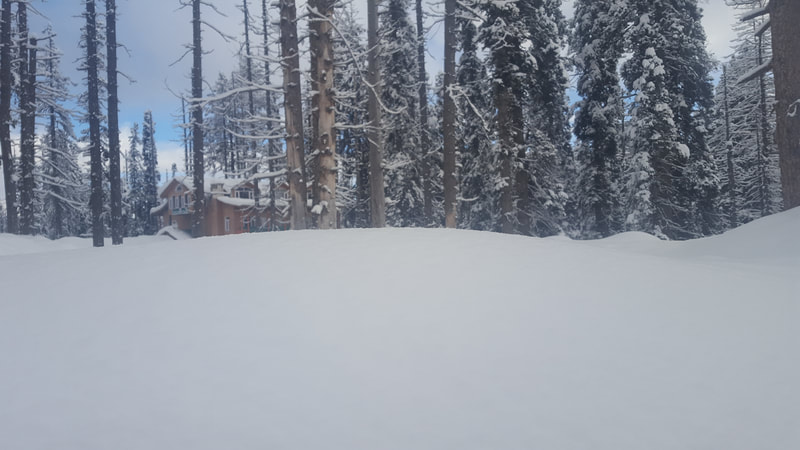

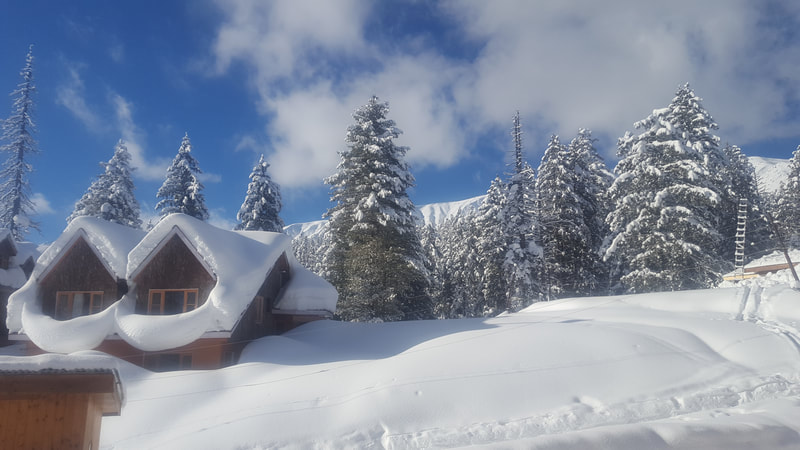
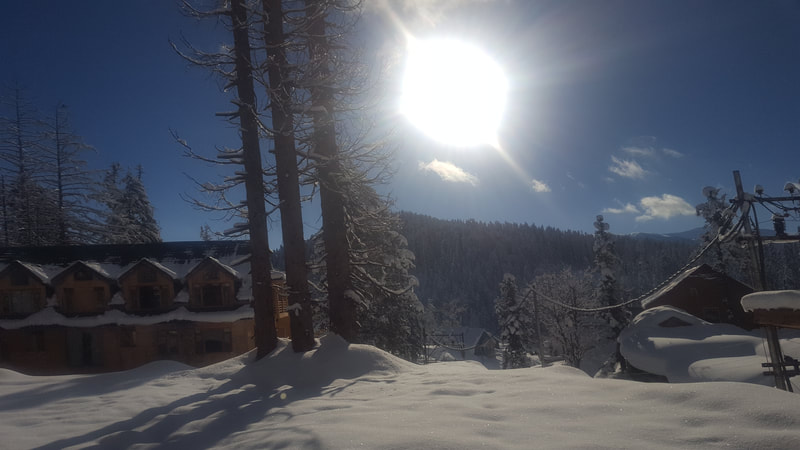
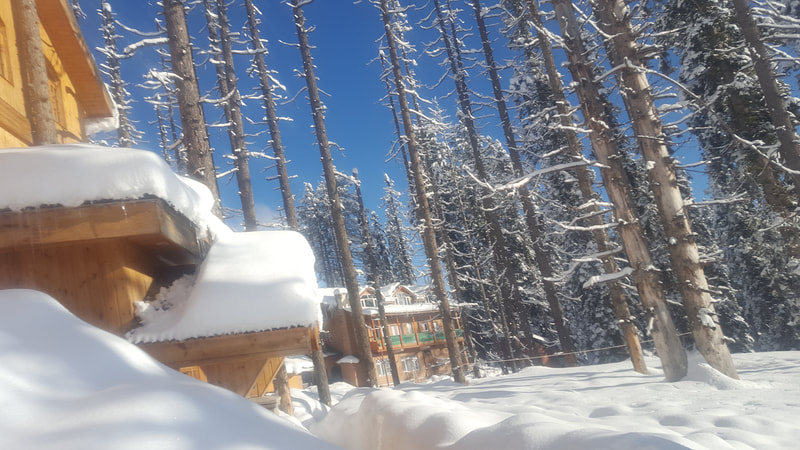
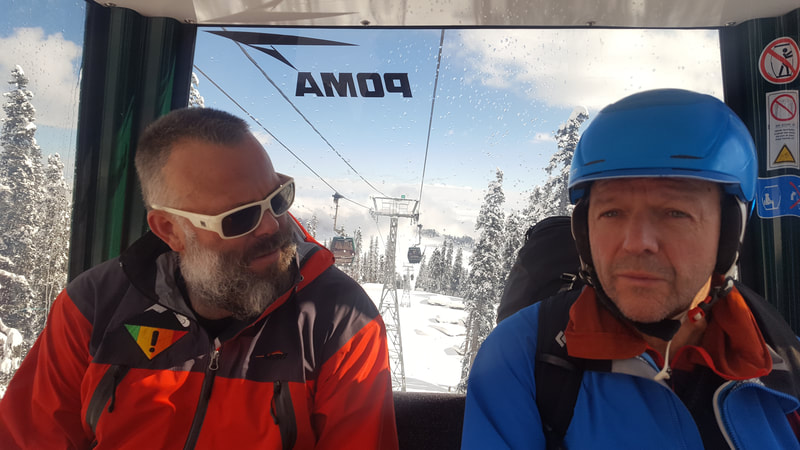

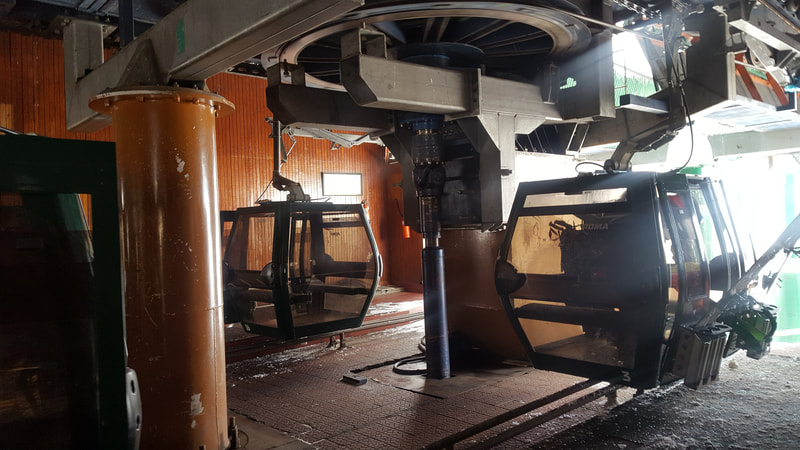
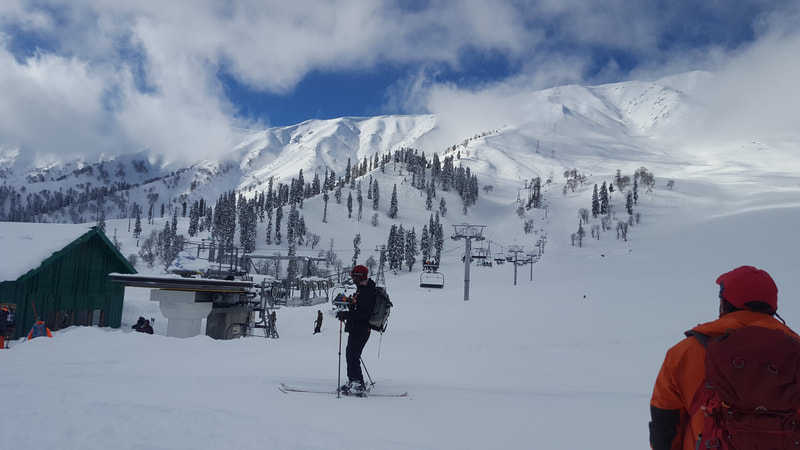
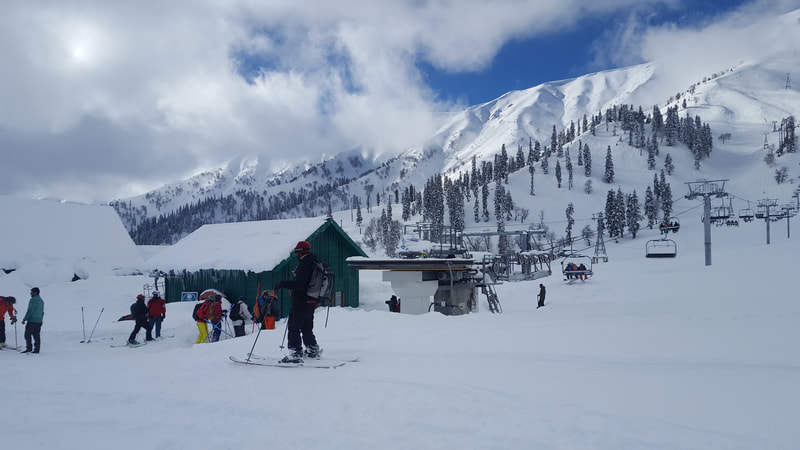
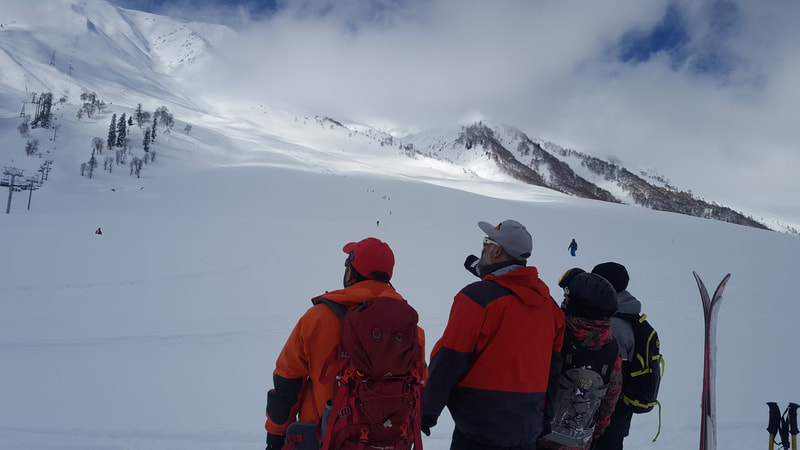
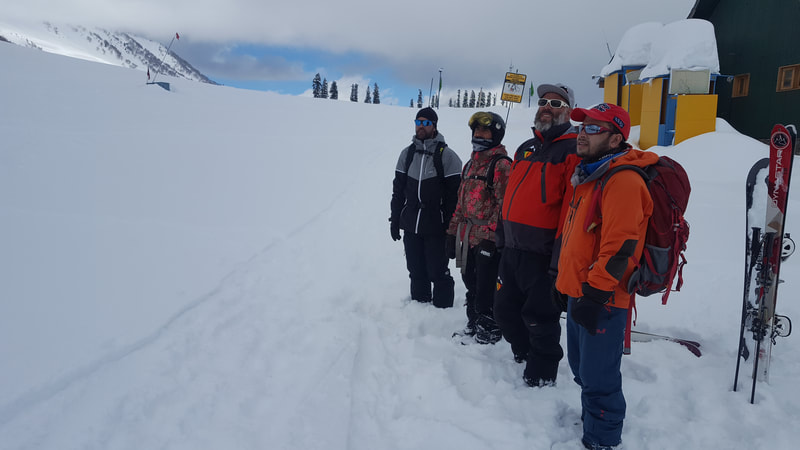
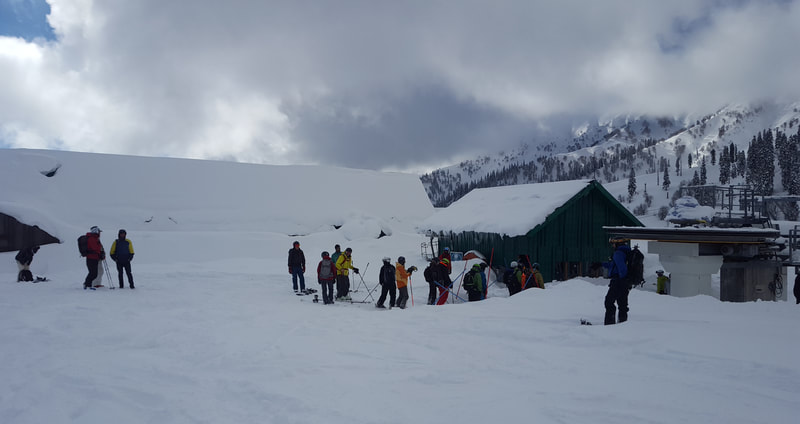


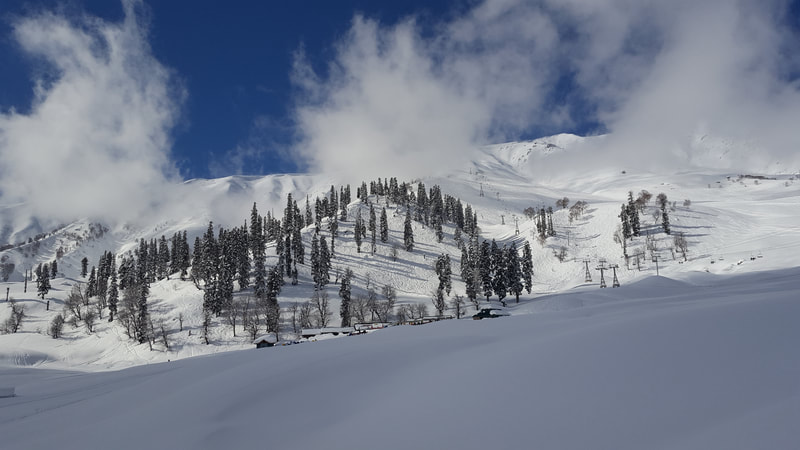

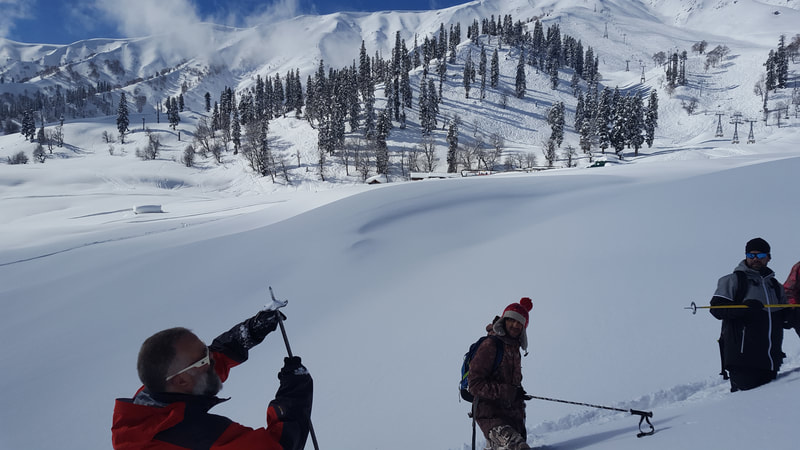
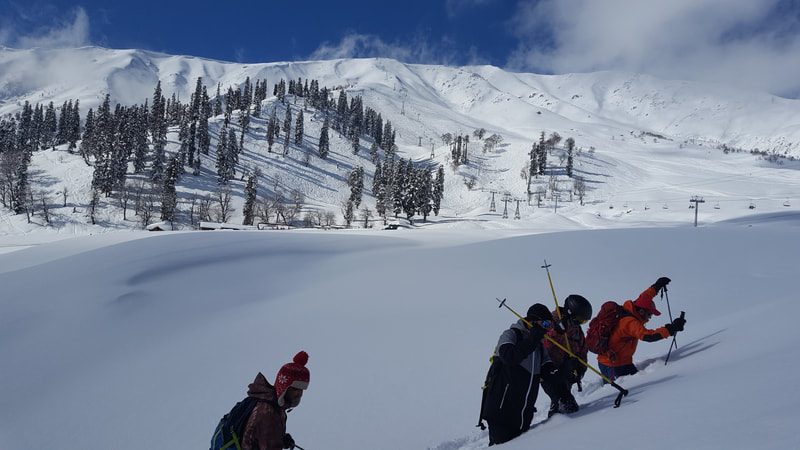
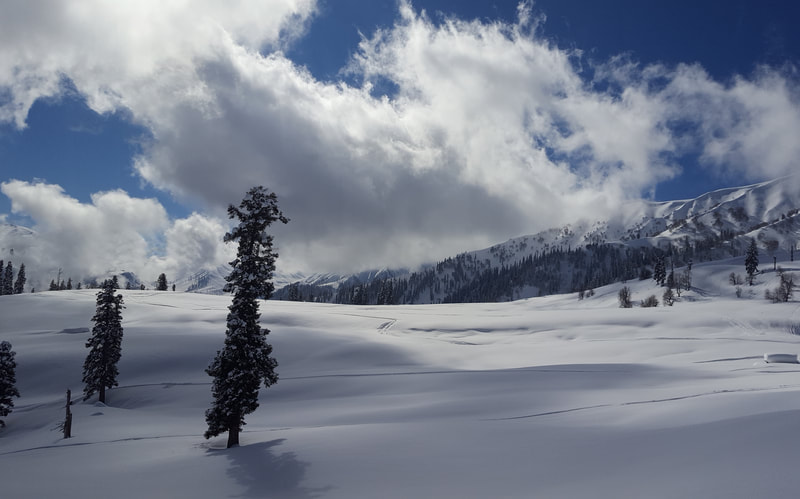
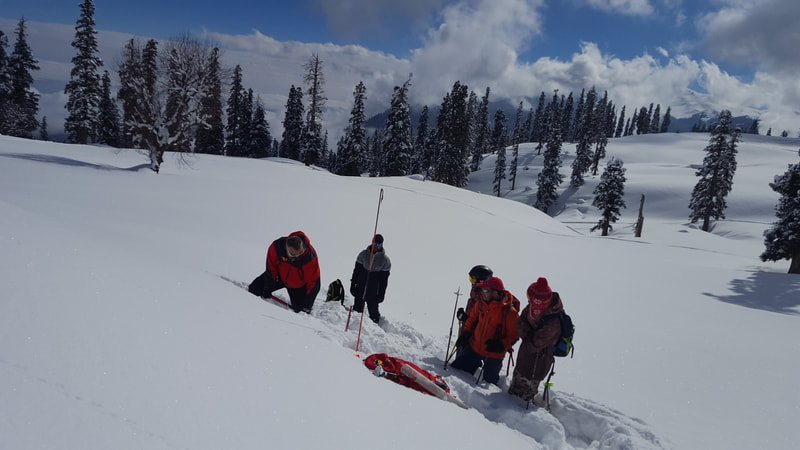
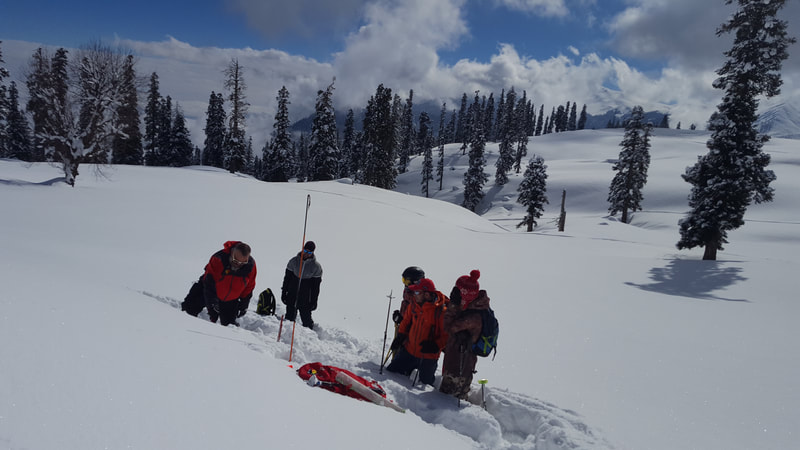
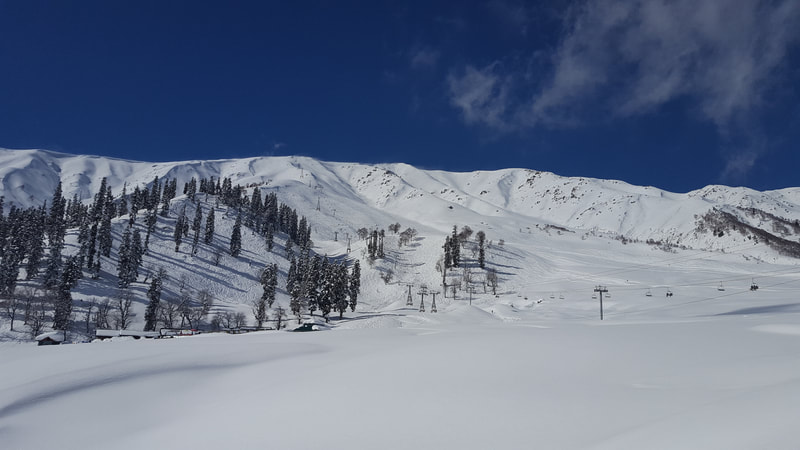
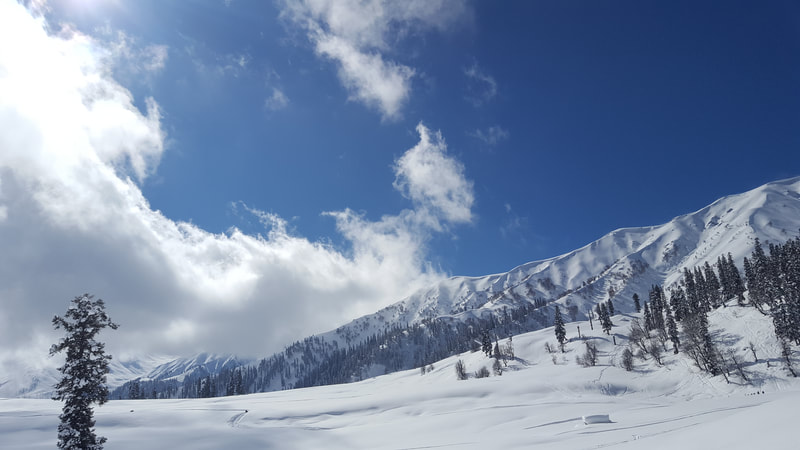

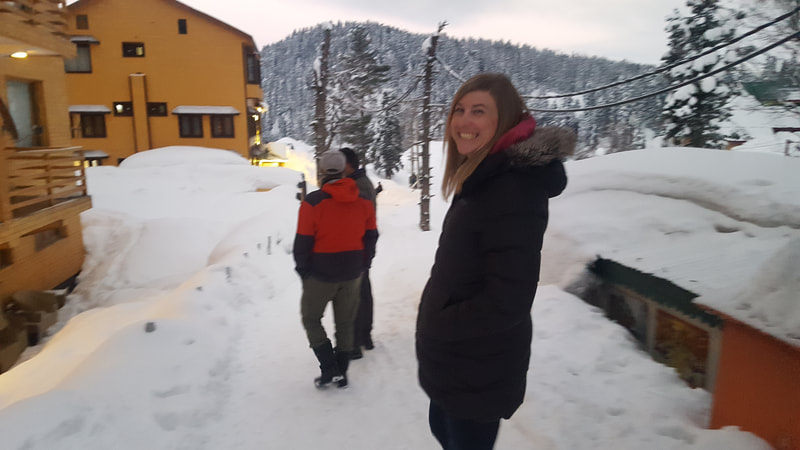
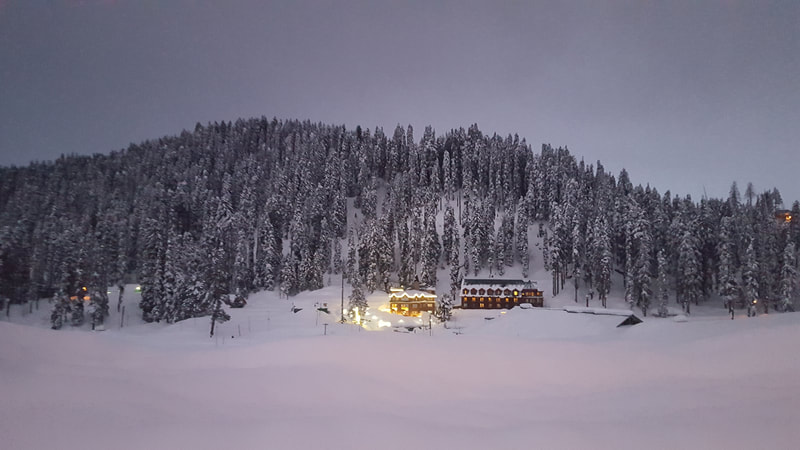
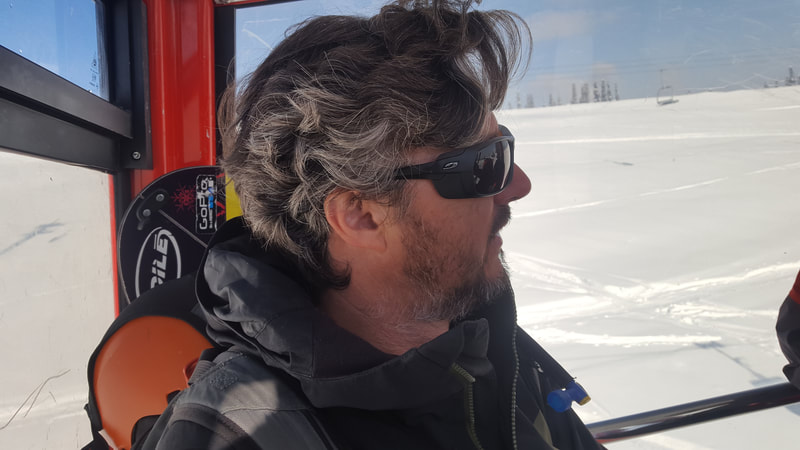
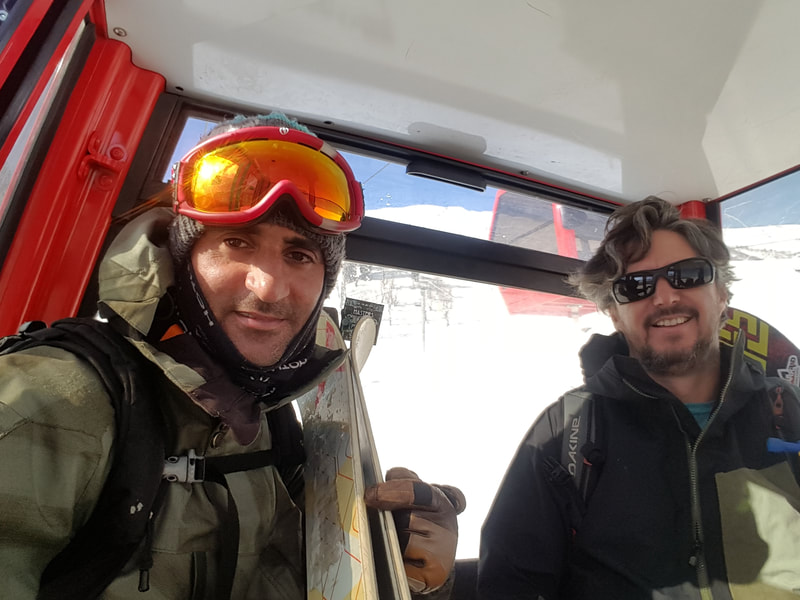

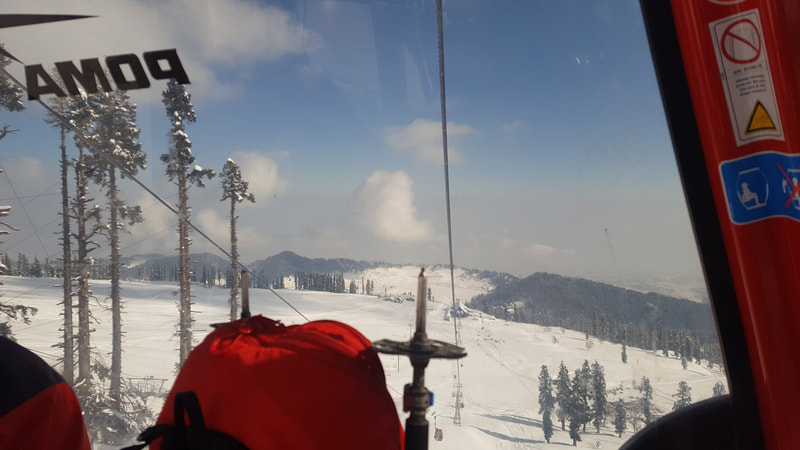
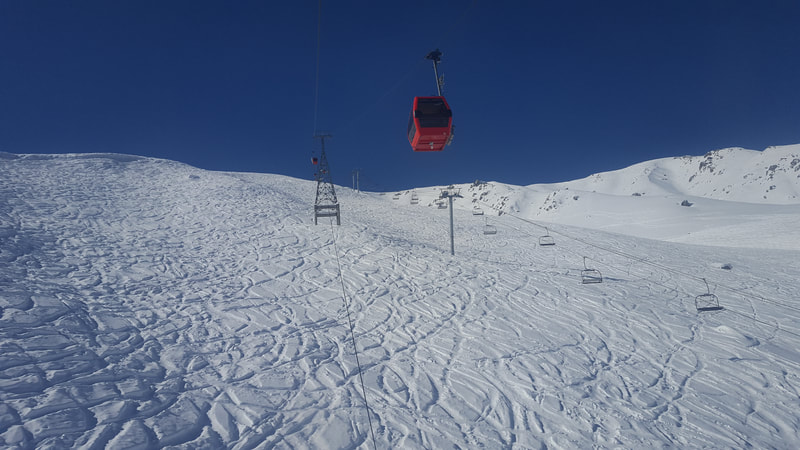
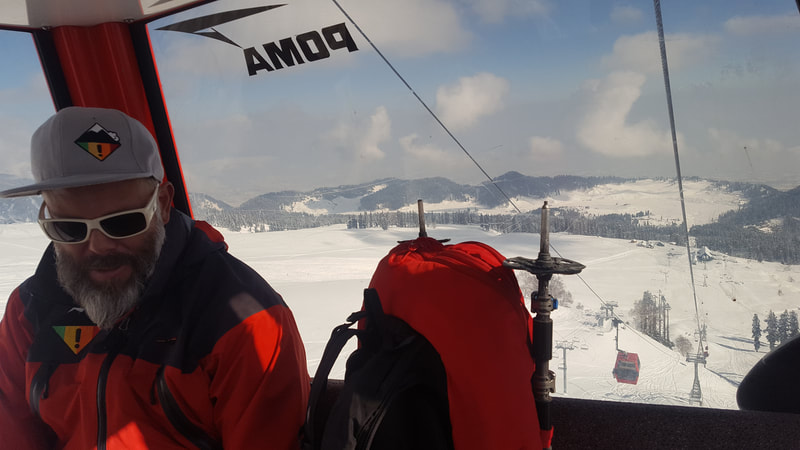

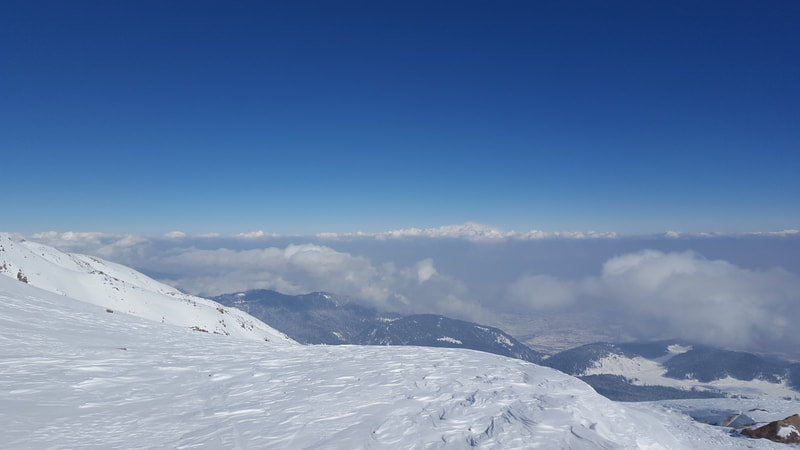
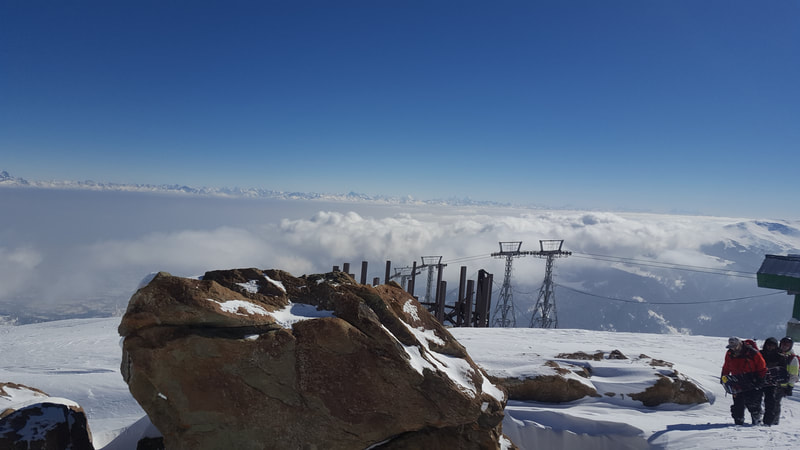
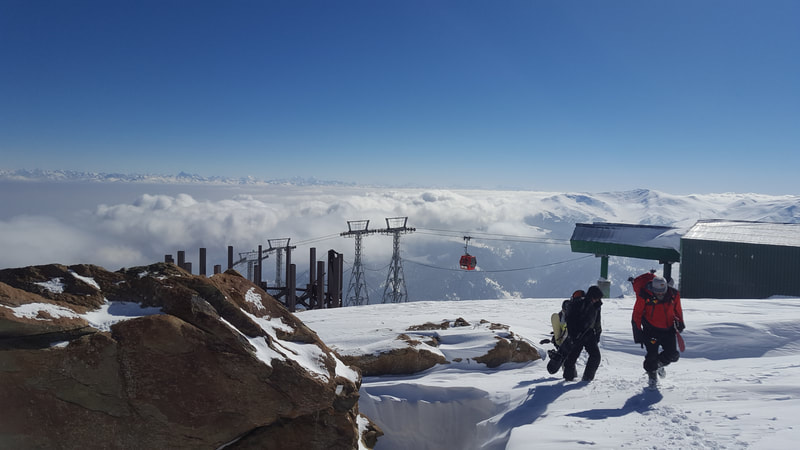
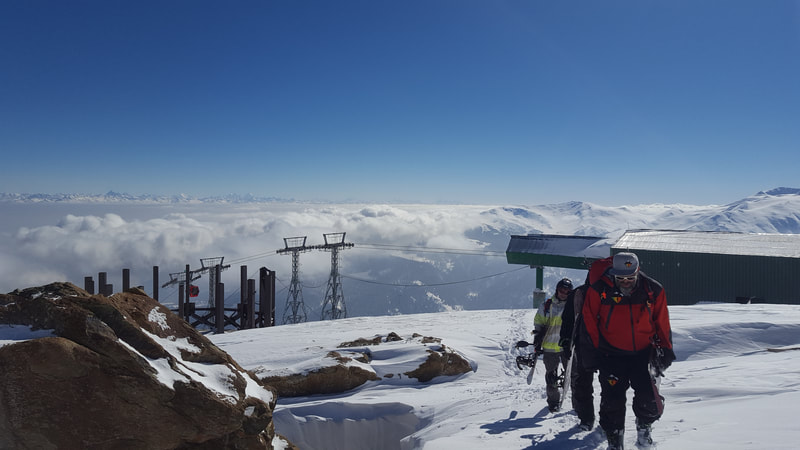
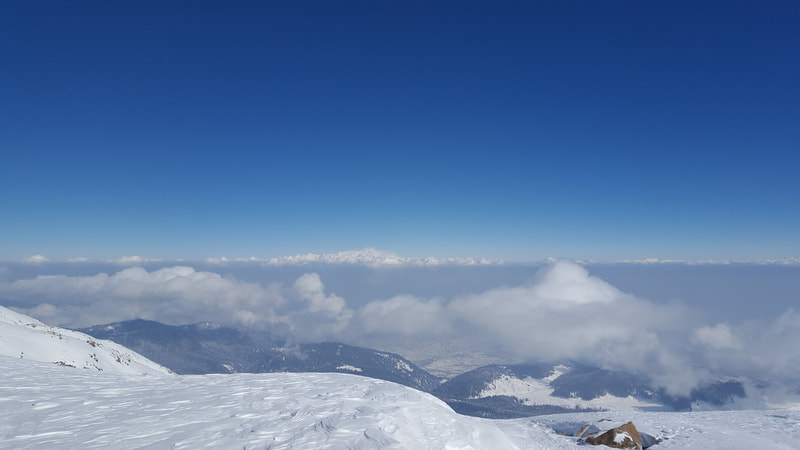


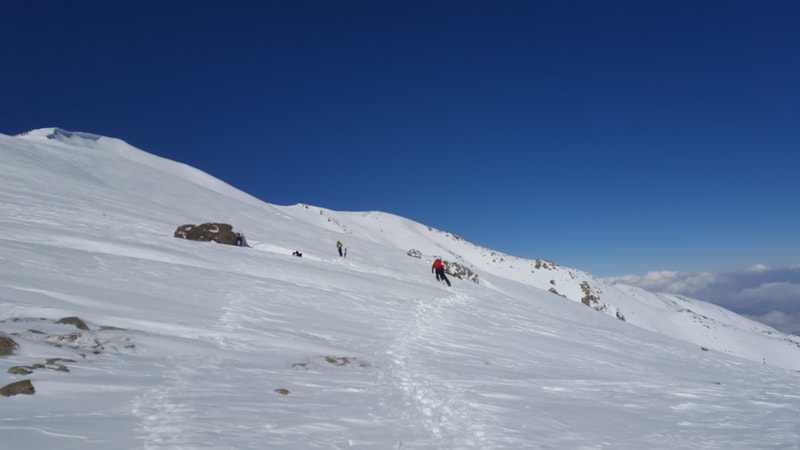
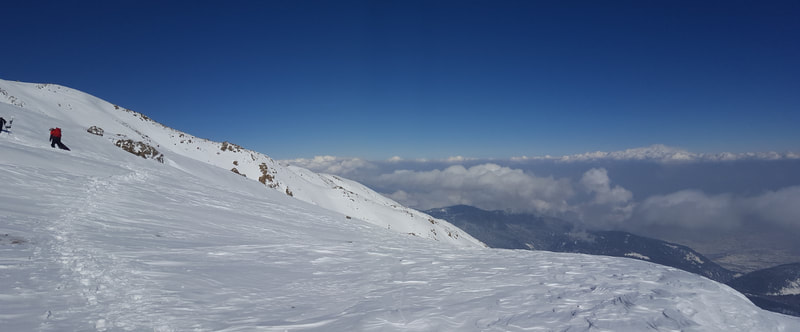

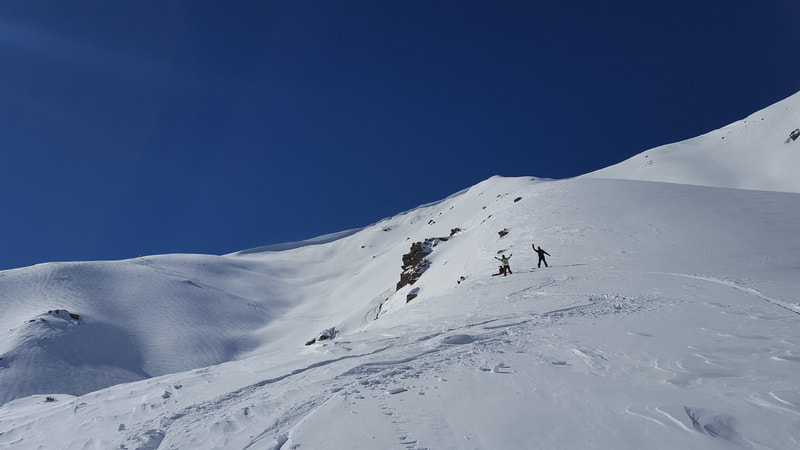
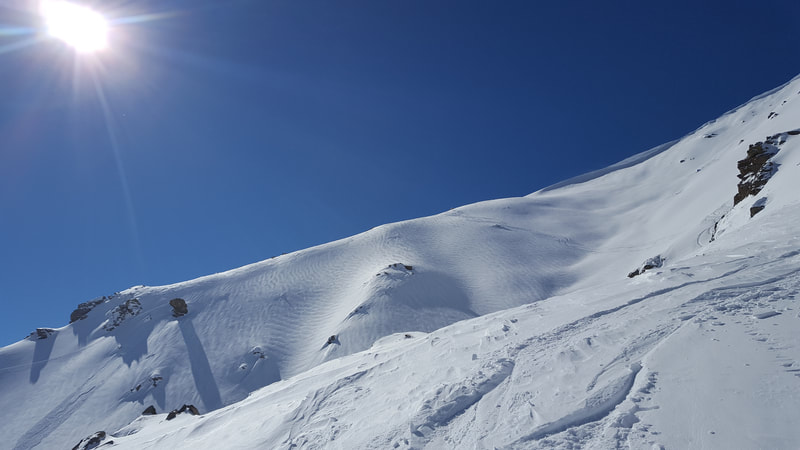
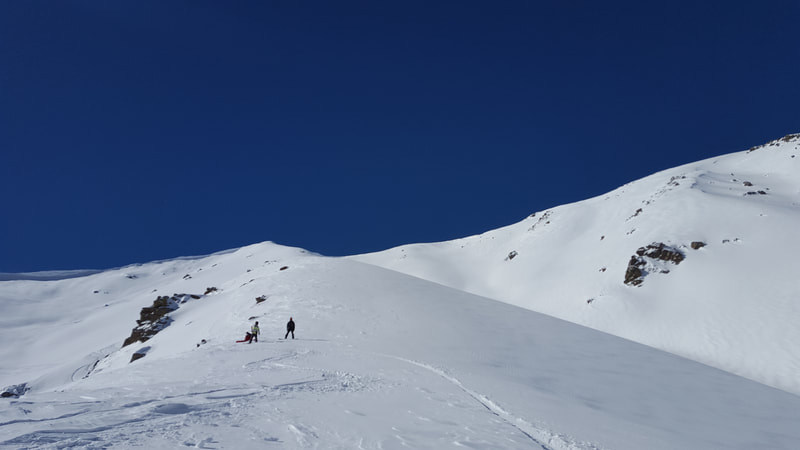
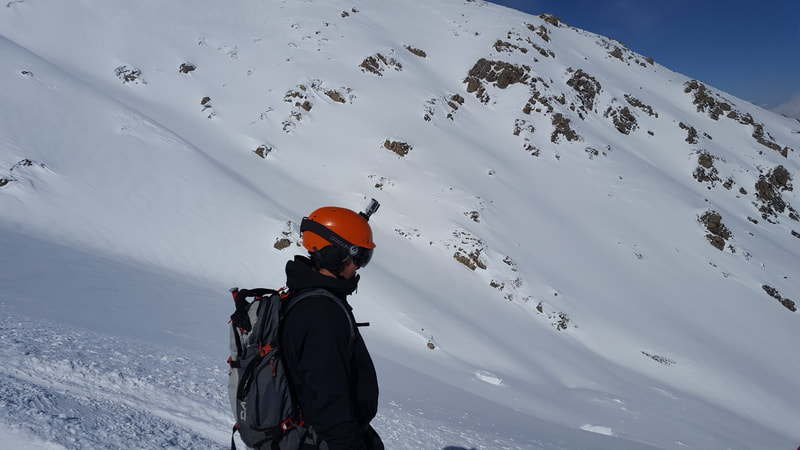
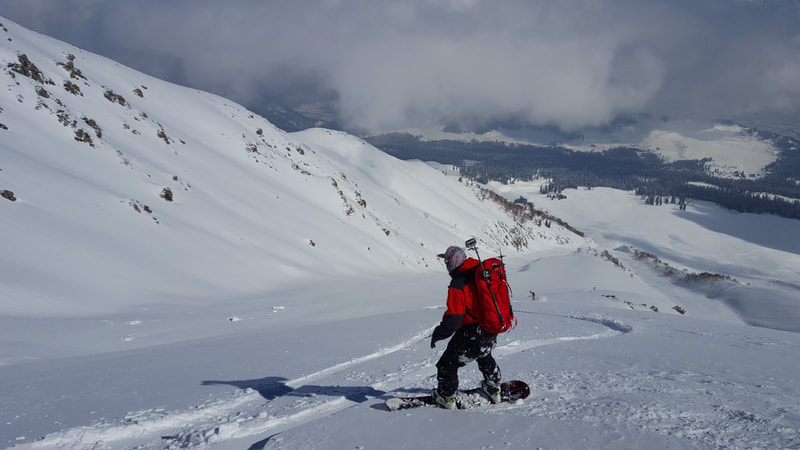
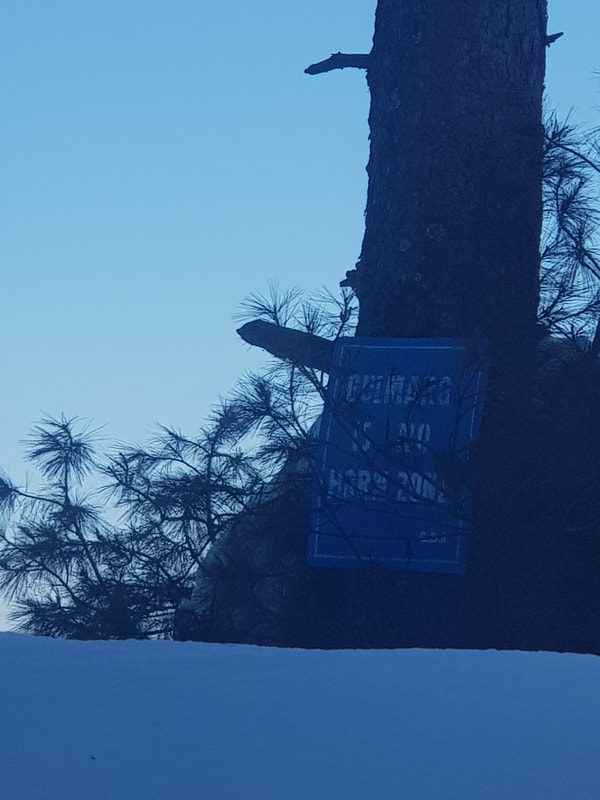

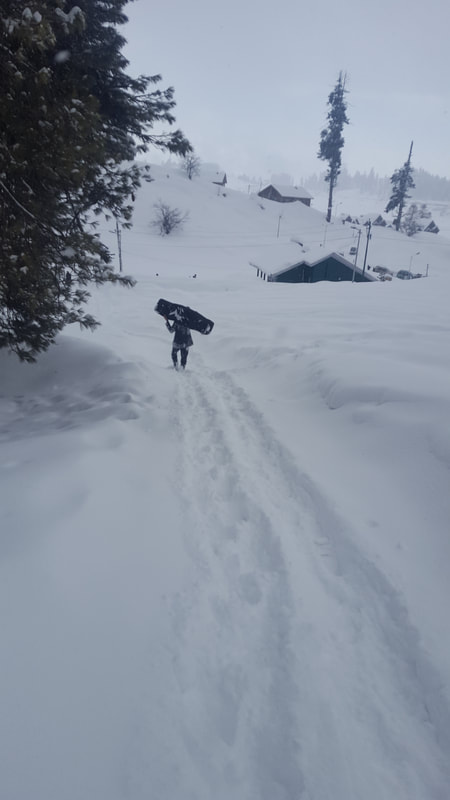
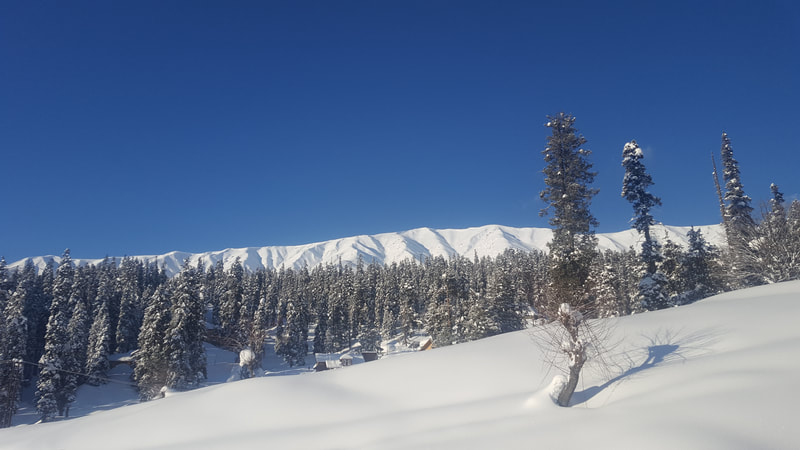
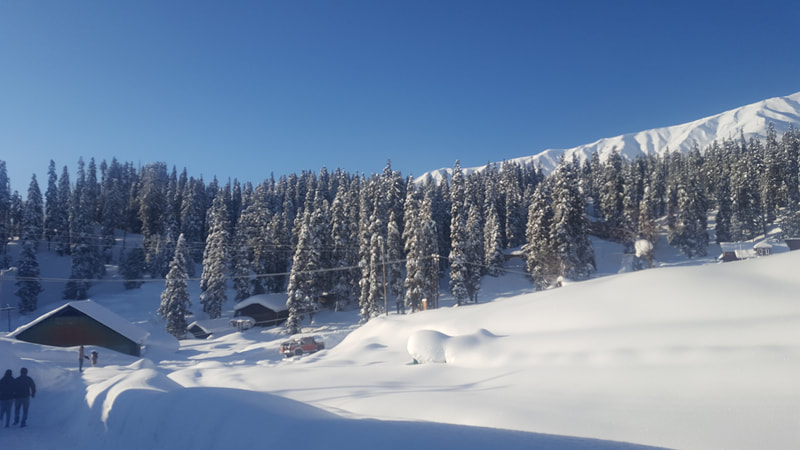

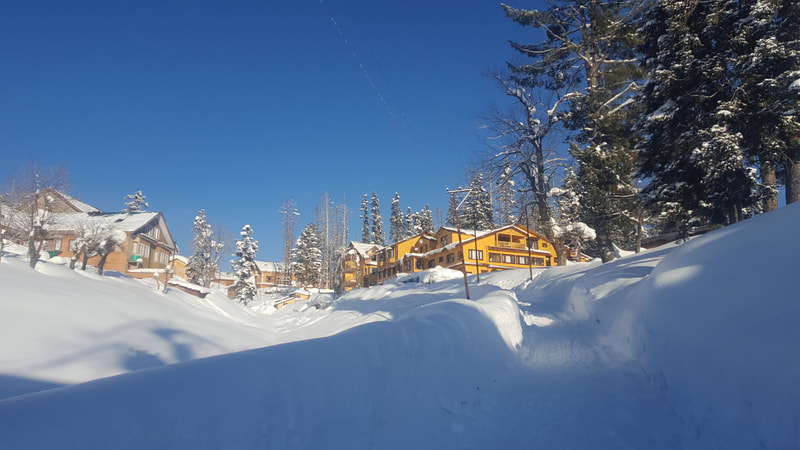

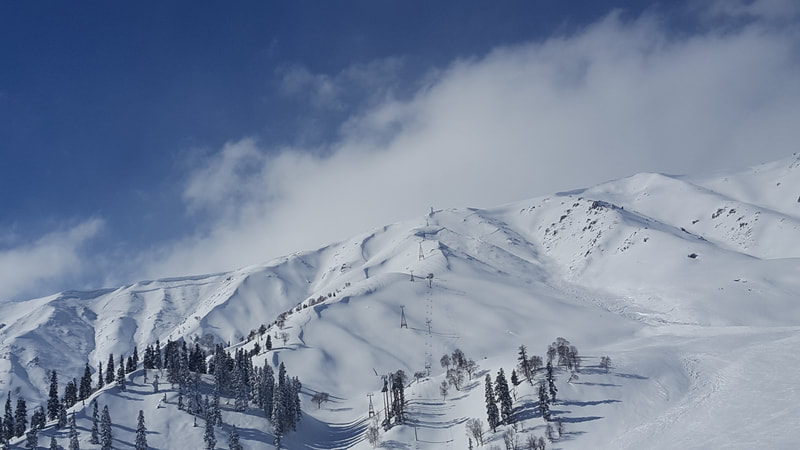
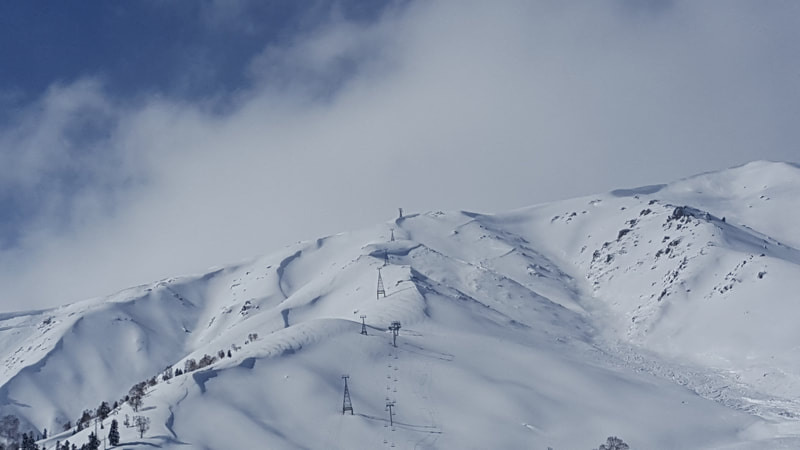
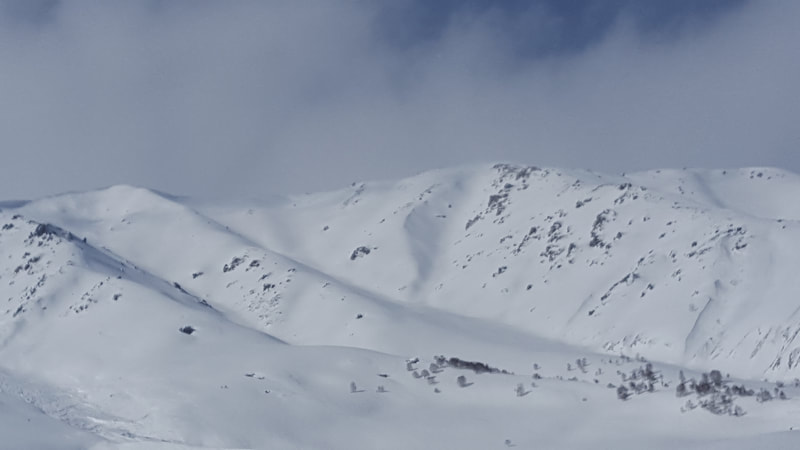

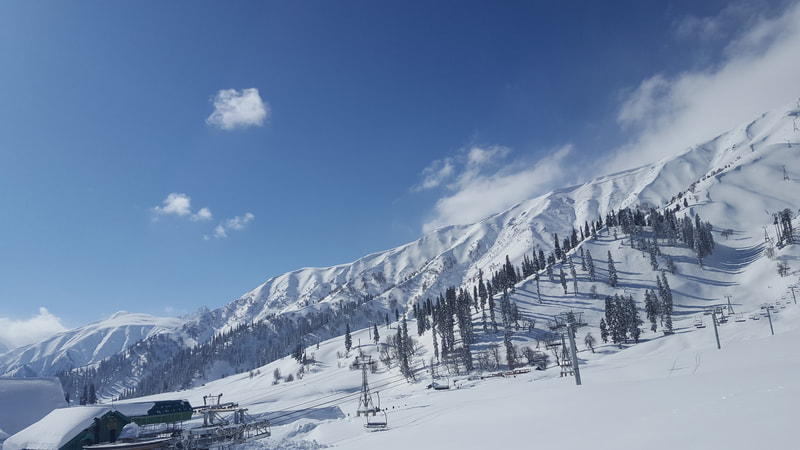
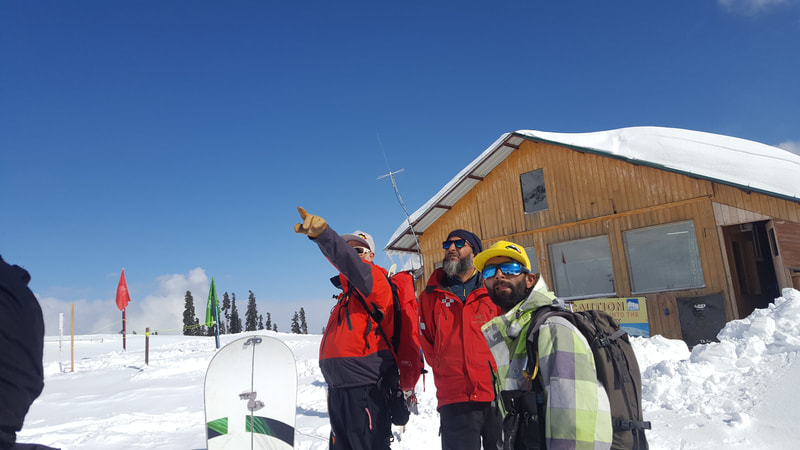
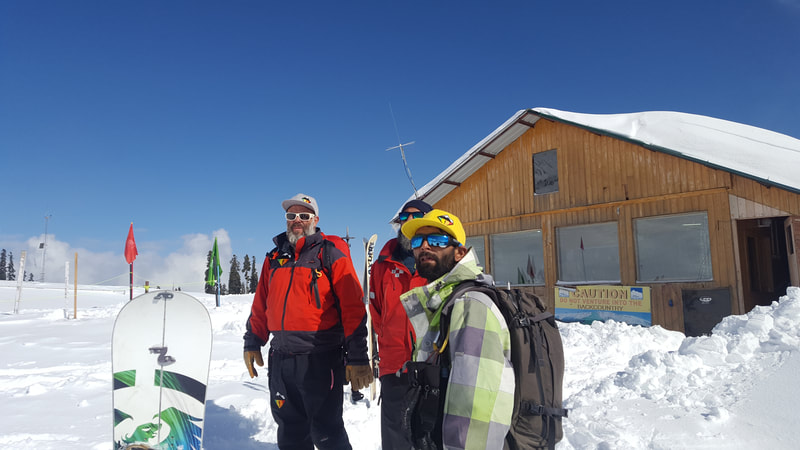
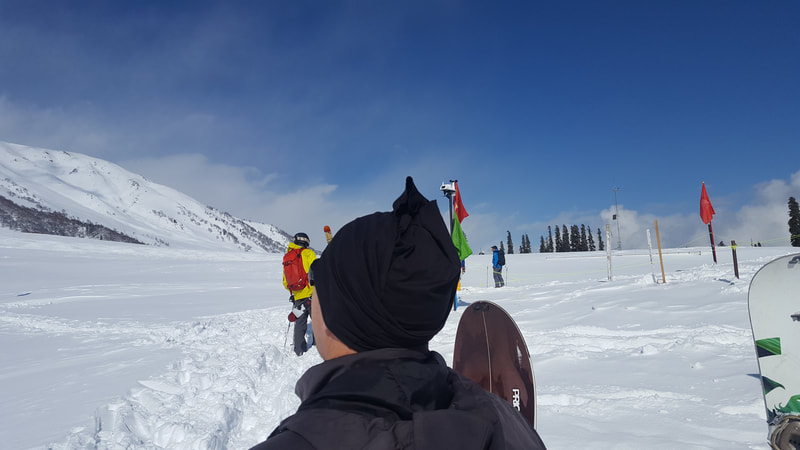
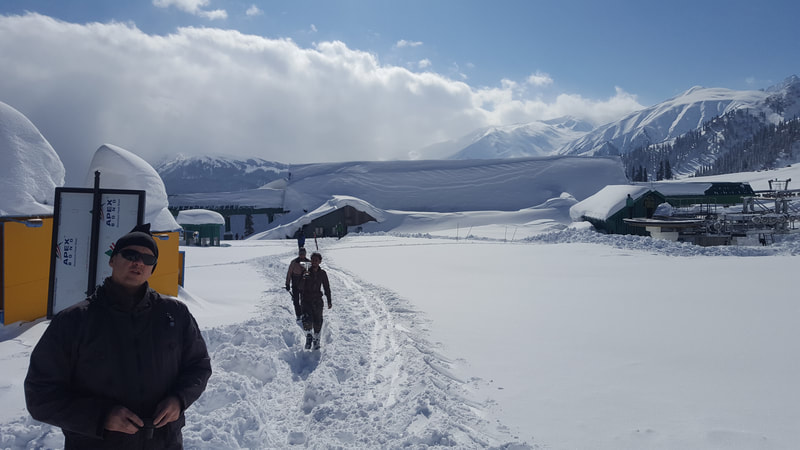
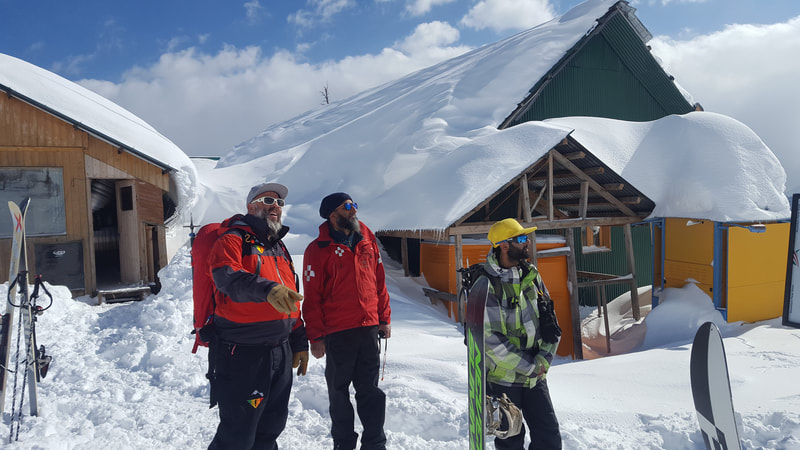
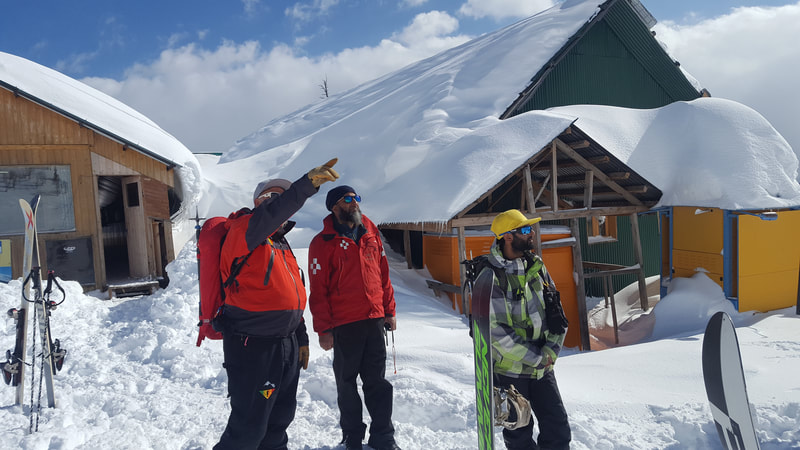

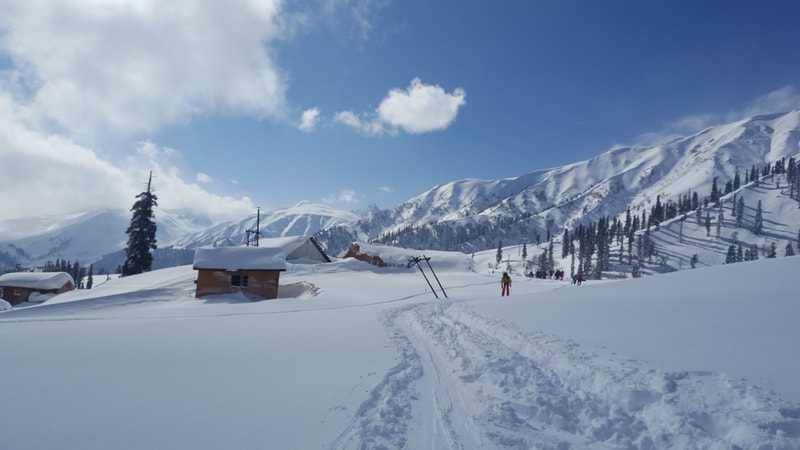

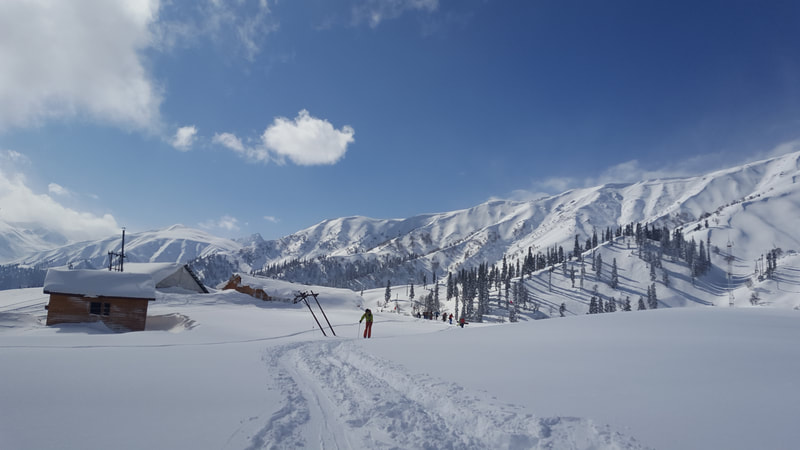
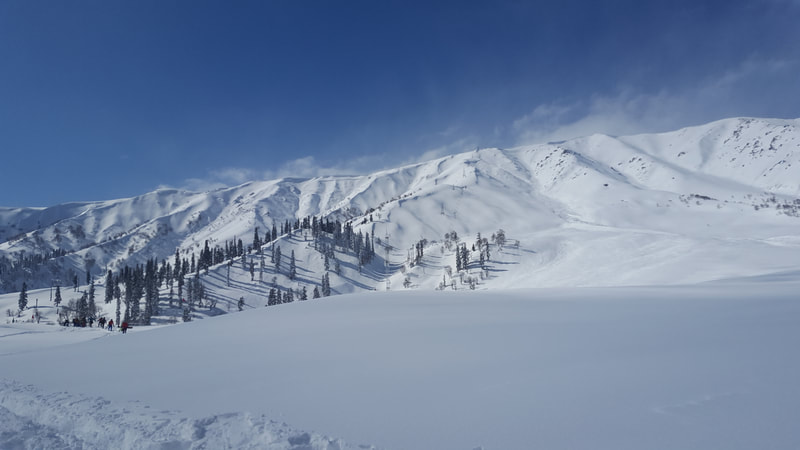
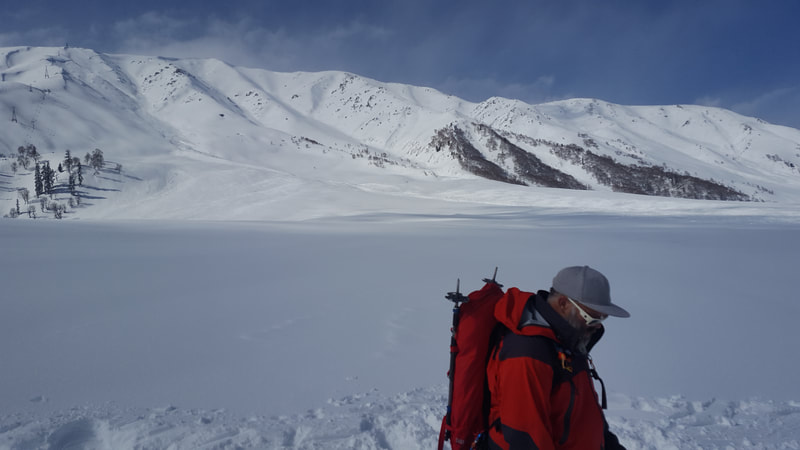
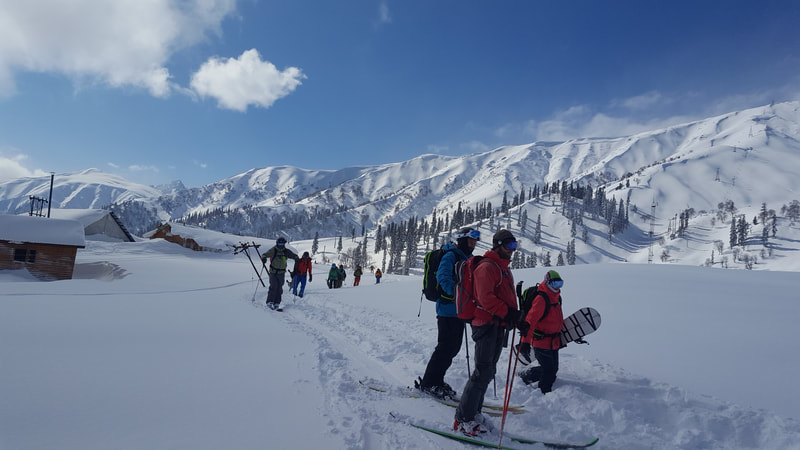
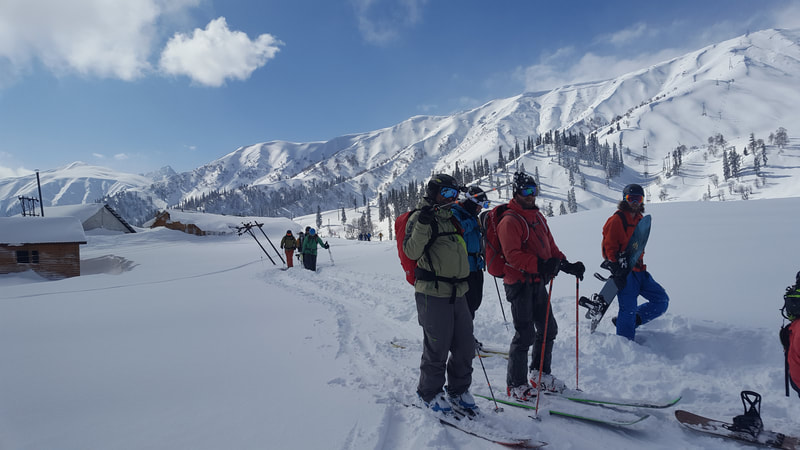
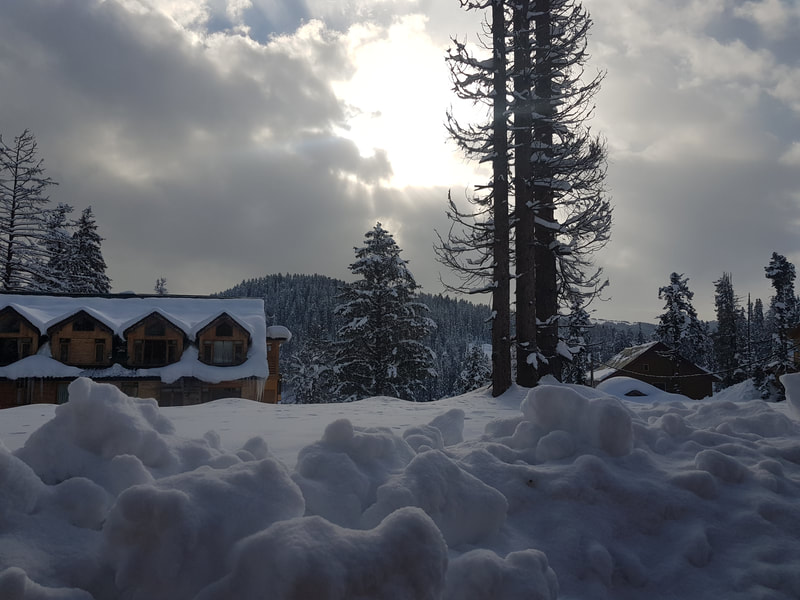
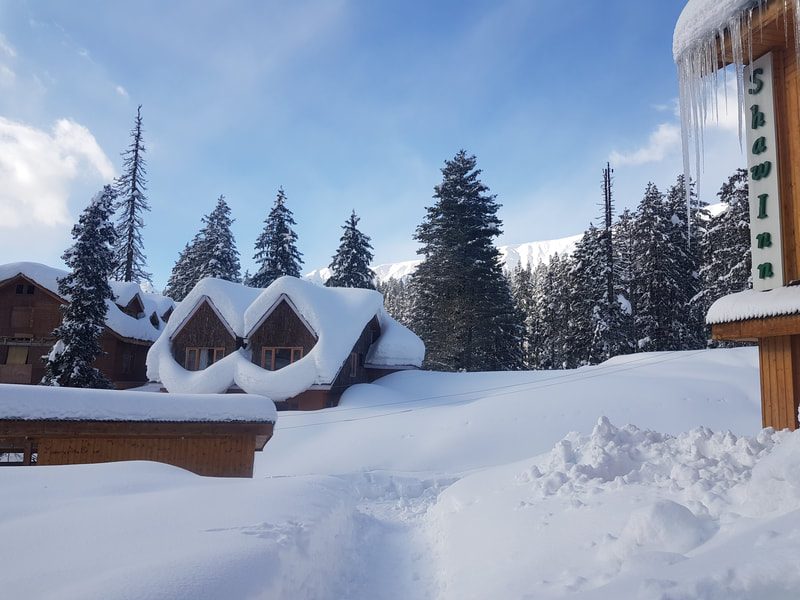
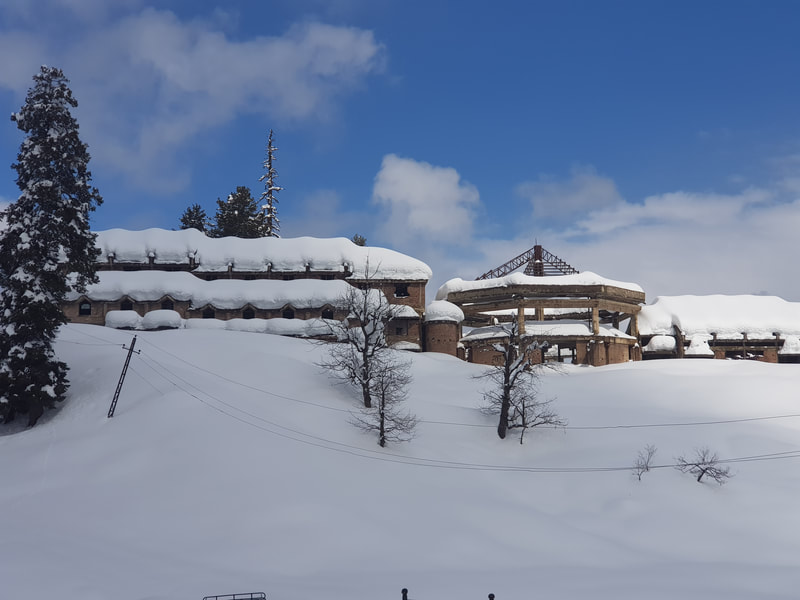
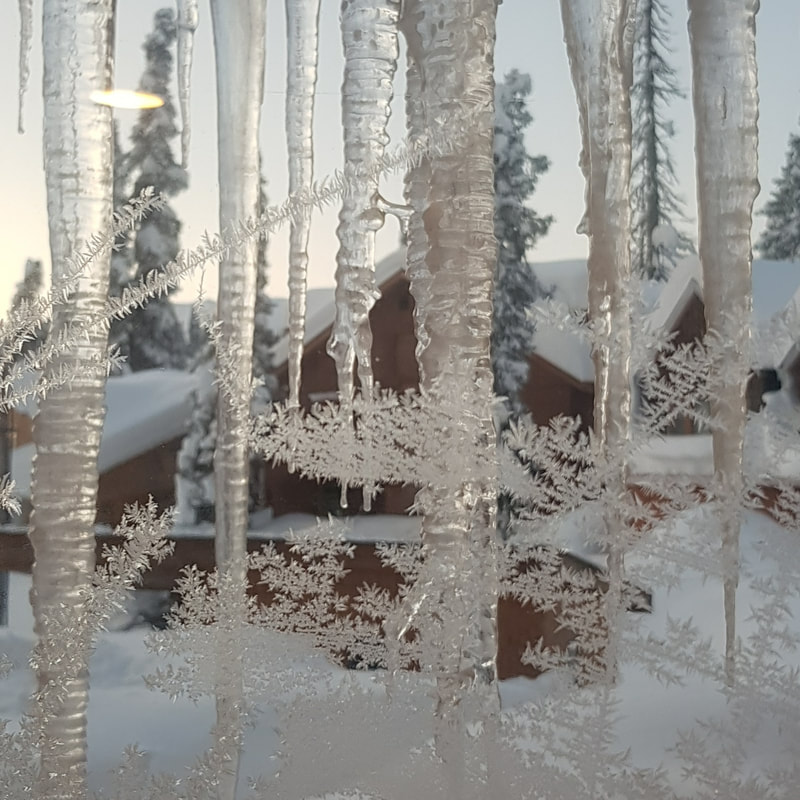
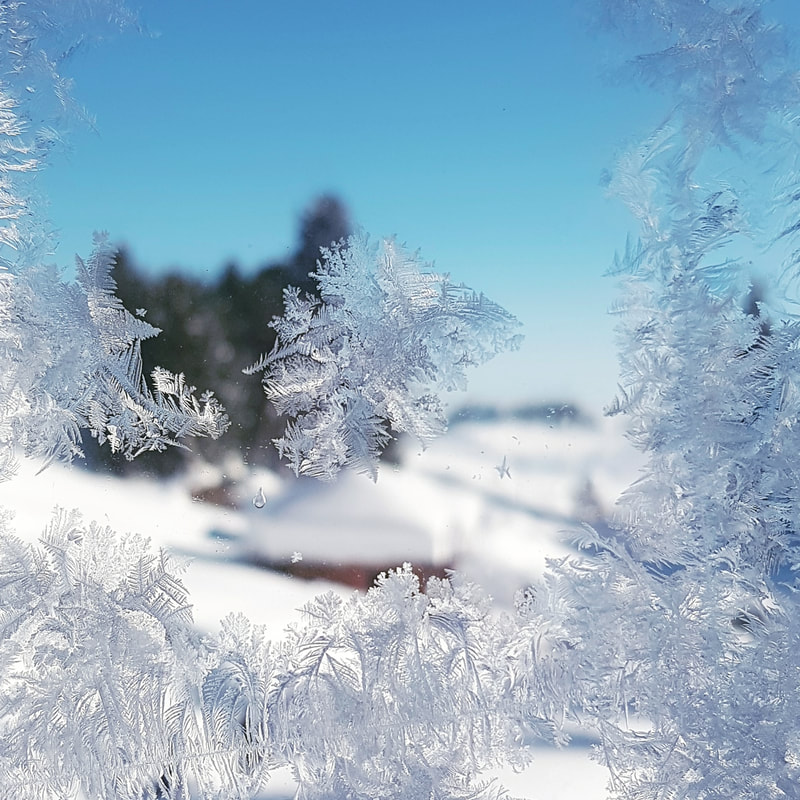
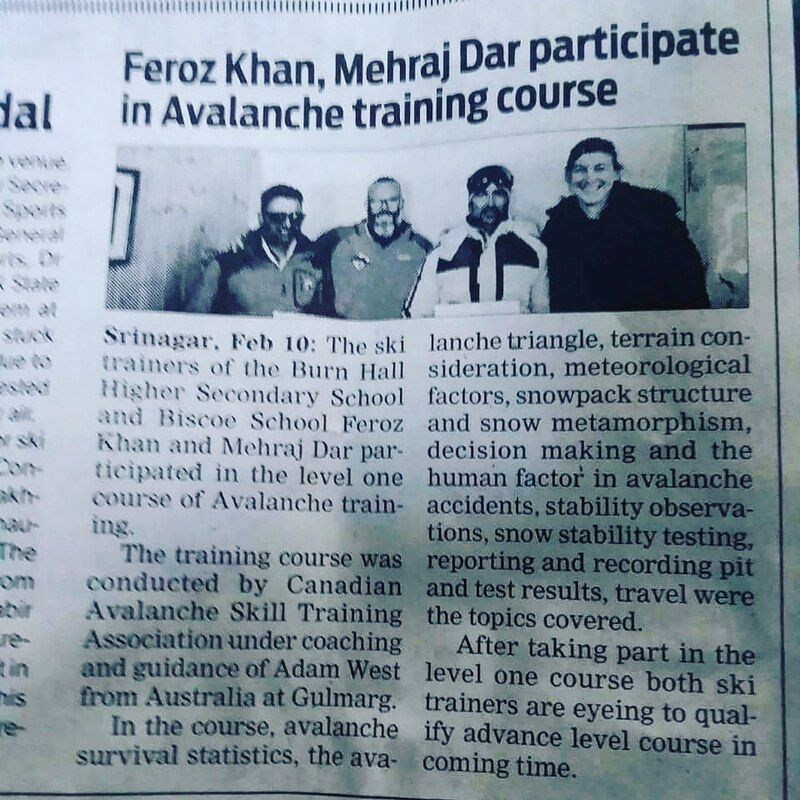
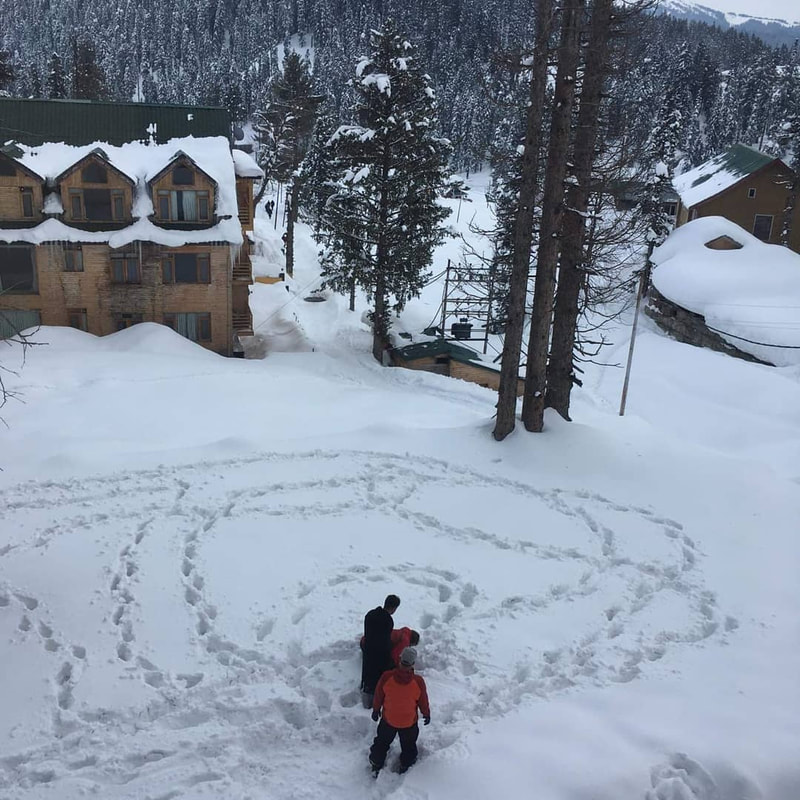
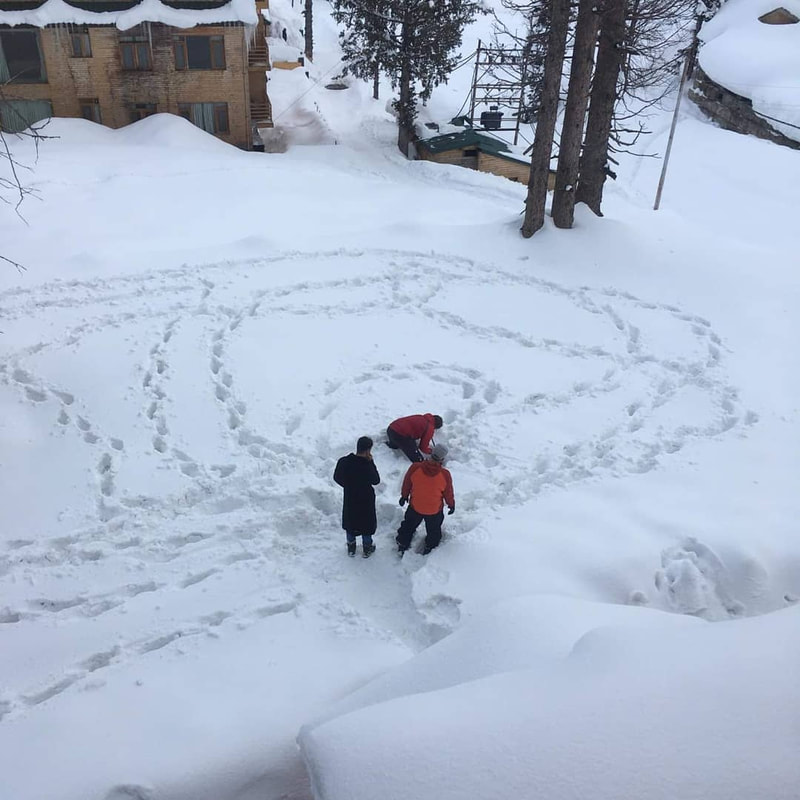
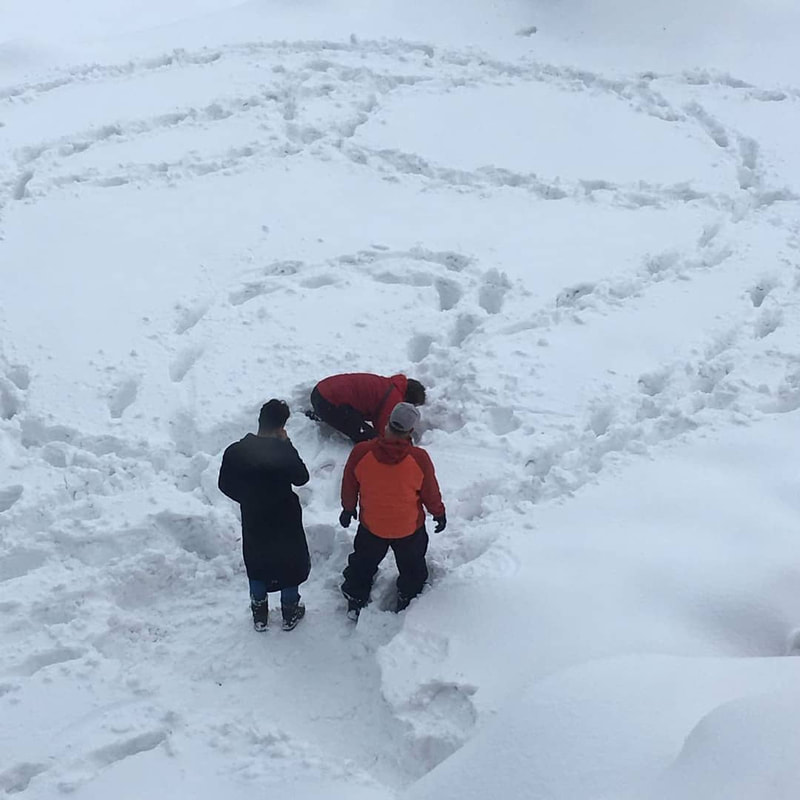
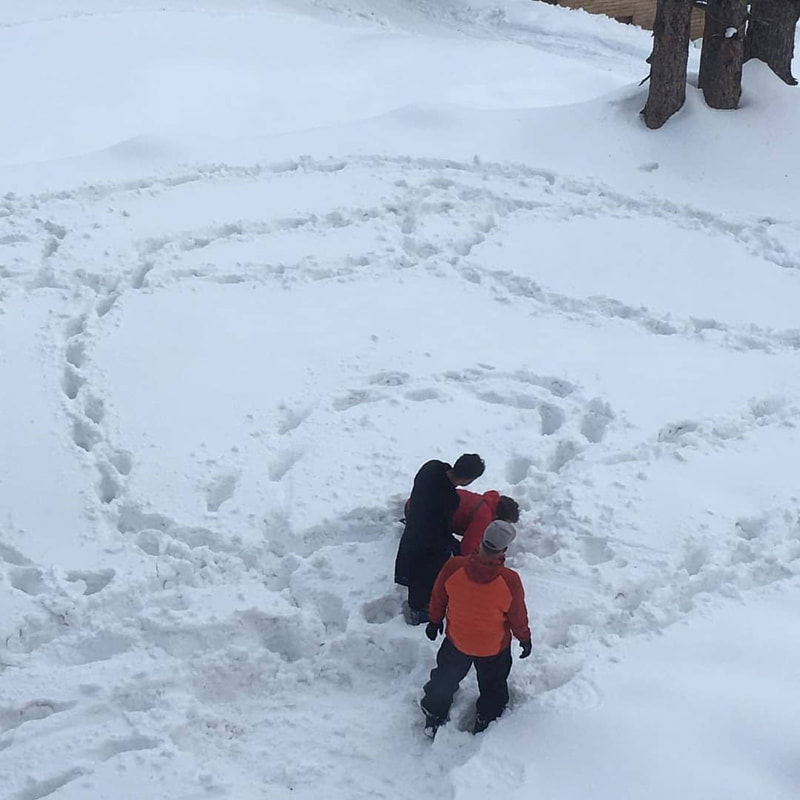
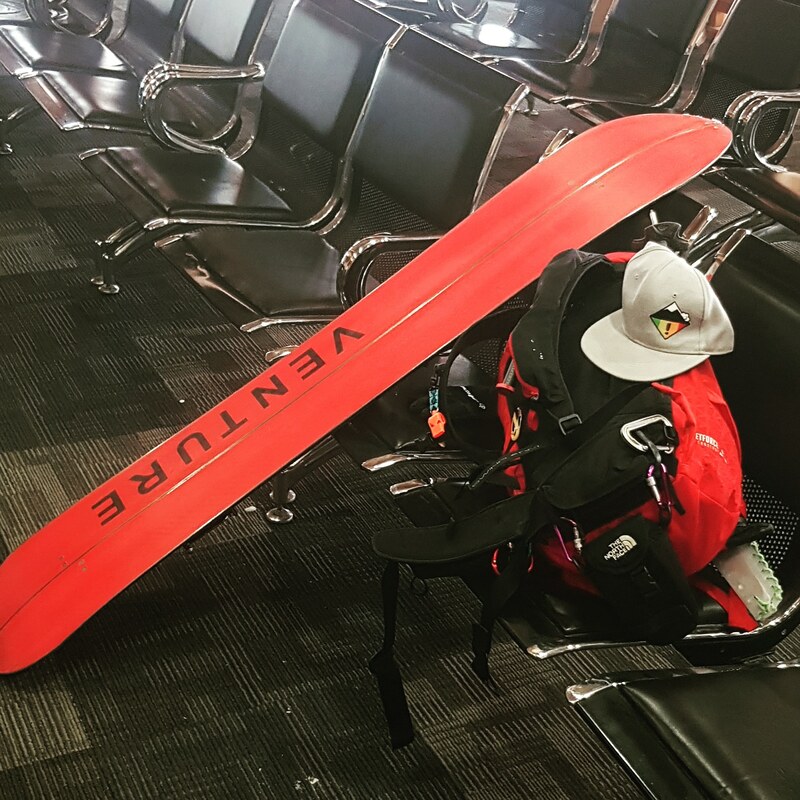
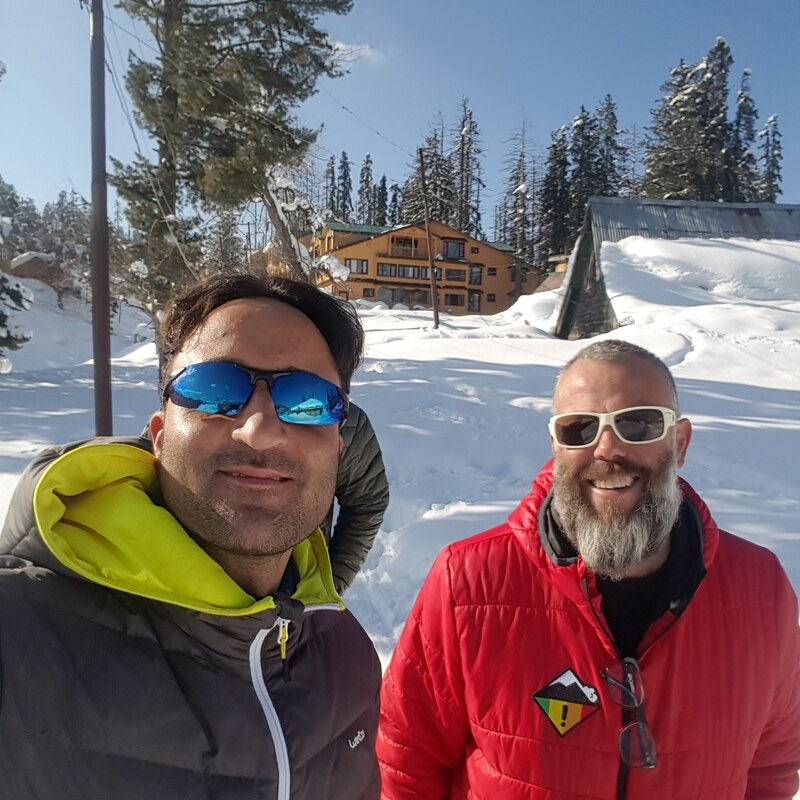
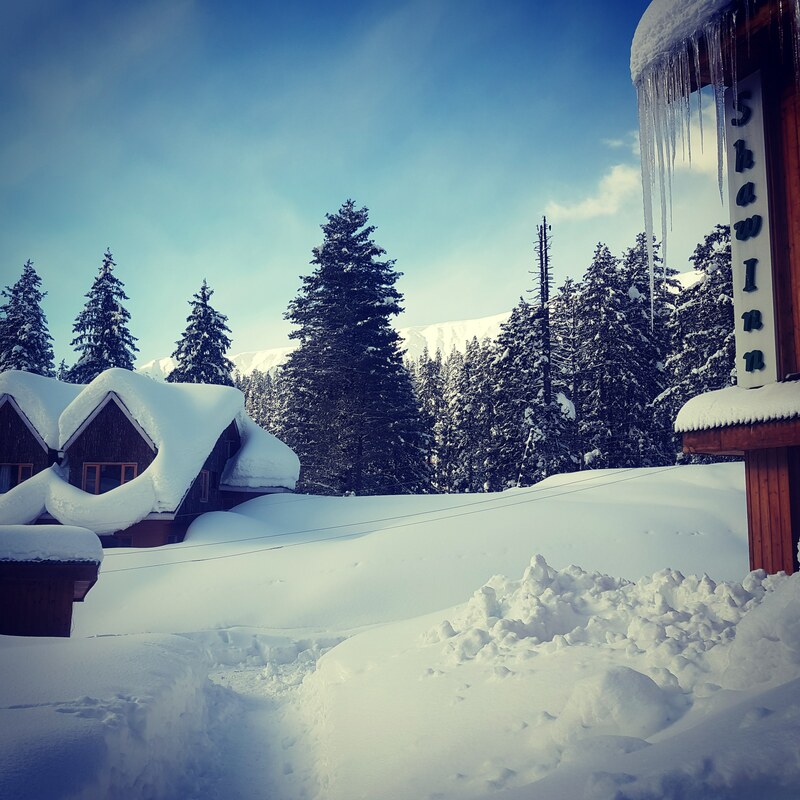
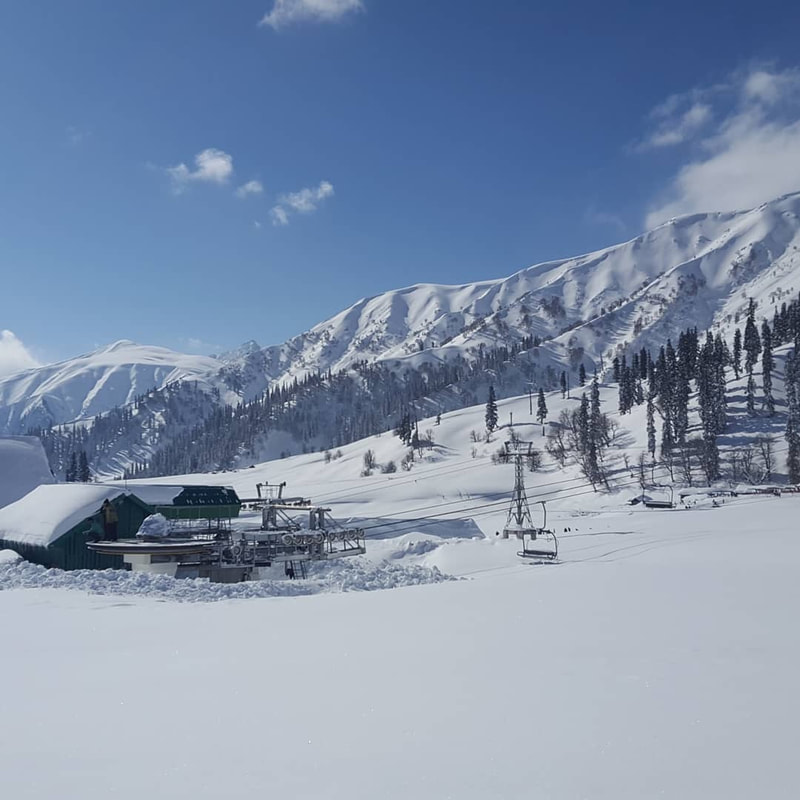
 RSS Feed
RSS Feed